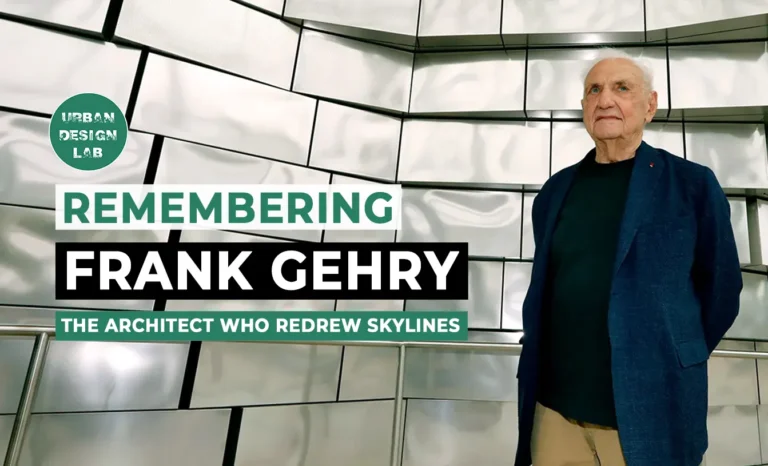
Revitalizing Downtown Pune: The Jangli Maharaj Road Streetscape Project
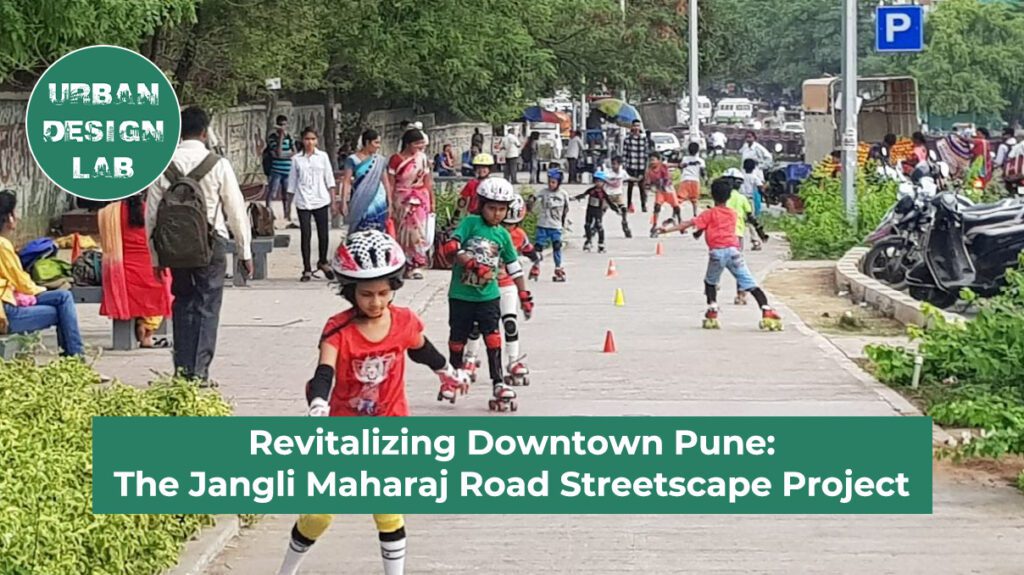
Pune, a city with a rich history and a vibrant modern identity, has taken on an ambitious path toward sustainable urban development. At the heart of this change is the “Complete Streets” philosophy, best seen in the Jangli Maharaj Road (JM Road) Streetscape Project. This article explores JM Road’s revitalization, covering its historical and cultural importance, the design principles behind it, and how it fits within Pune’s wider sustainable mobility policies. The analysis shows positive effects on walkability, economic activity, environmental quality, and social inclusion. JM Road’s transformation reflects a shift in urban planning, treating streets as vital public spaces and offering a model for people-focused, multimodal city environments.
Pune’s Journey from Ancient Roots to Modern Urban Growth
Pune, in Maharashtra, has a deep history stretching back thousands of years. It began as an agricultural settlement called “Punnaka” in the 9th century and grew into a key political and commercial hub under the Maratha Peshwas in the 17th and 18th centuries. The Pataleshwar rock-cut temple complex still stands as a link to that ancient past. This strong historical base means urban renewal in Pune isn’t just about building new infrastructure but about reinterpreting and enhancing the city’s layers of history, culture, and function.
After India gained independence in 1947, Pune saw a big industrial transformation. Industrial zones developed in Hadapsar, Bhosari, and Pimpri, turning the city into a major metropolis. At the same time, Pune earned the nickname ‘Oxford of the East’ because of its many top educational institutions and growing tech sector. This dual identity as a cultural capital and an economic powerhouse shows Pune’s dynamic and complex urban character.
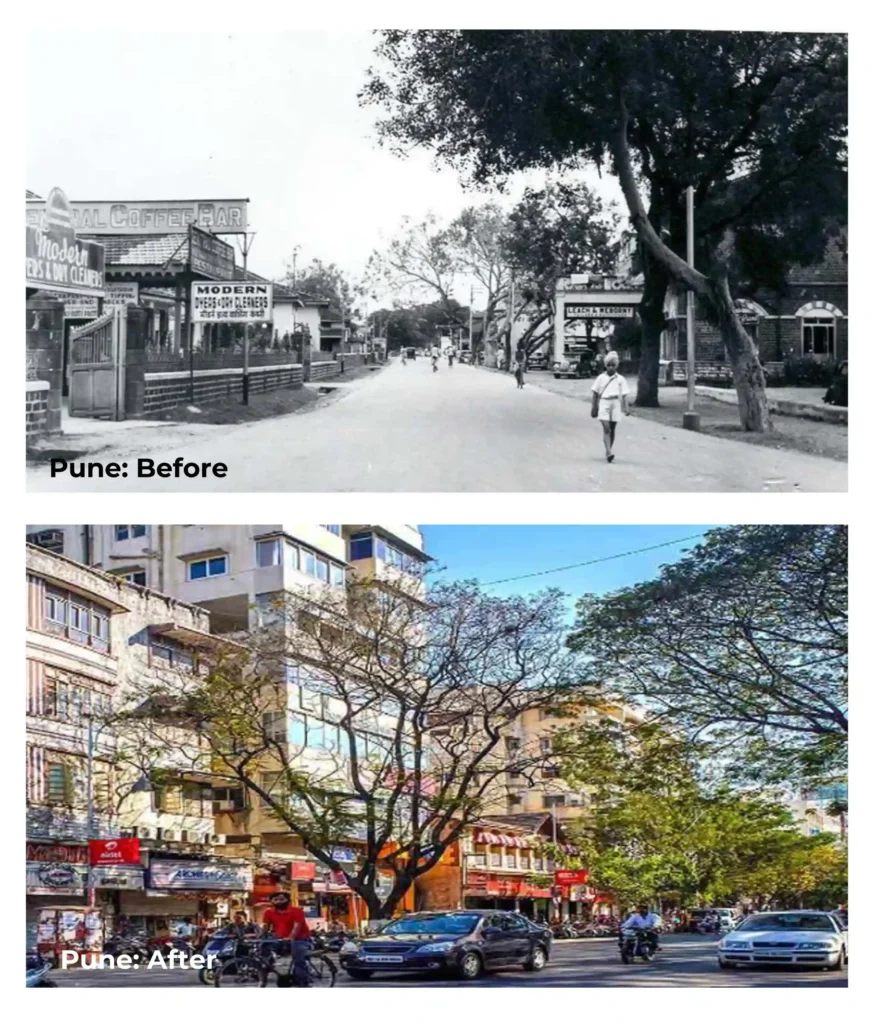
Pune's Broader Commitment to Sustainable Urban Mobility
Pune’s commitment to sustainable urban mobility has grown over two decades of planning and bold investment, earning it the 2020 Sustainable Transport Award. The city has focused on walking, cycling, and public transit, with more than half of its 2017-18 transport budget supporting these efforts. At the heart of this is the “Complete Streets” approach, set out in the Urban Street Design Guidelines (USDG). These guidelines require wide footpaths, separate cycle tracks, and streets that everyone can access. This marks a clear move away from car-focused planning toward inclusive, people-friendly design.
Since joining the Smart Cities Mission in 2015, Pune has strengthened its urban agenda, gaining funding and aligning projects like the JM Road streetscape with national sustainability goals. The Area-Based Development plan picked 27 kilometers of streets for redesign, bringing modern urban planning into the city’s core.
Alongside these policies are key initiatives such as the Pune Streets Programme (PSP), which aims to redesign 100 kilometers of streets; the “Walk Smart” Pedestrian Policy, promoting pedestrian zones and safety; and the Comprehensive Bicycle Plan, which seeks to double cycling’s share by 2026.
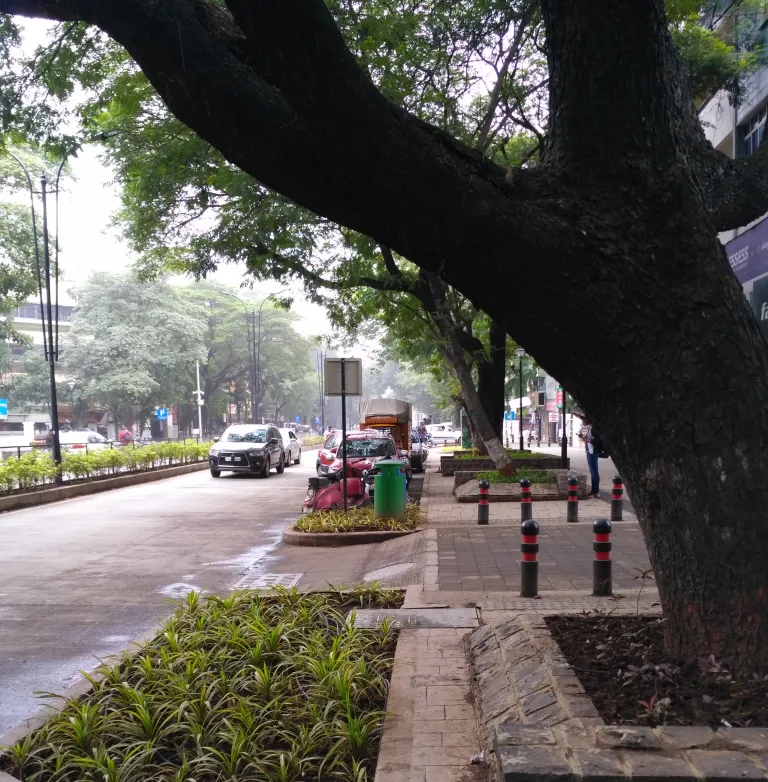
Source: Website Link
The Strategic Importance of Jangli Maharaj Road (JM Road)
Jangli Maharaj Road, or JM Road, is a central artery in Pune’s Deccan area, bustling with commercial and social activity. The road gets its name from the 19th-century Maharashtrian saint Jangali Maharaj, who is said to have meditated in the dense Bhamburde jungles of Shivajinagar where the road now runs. The Jangali Maharaj Samadhi Mandir, built in his honor, is a key historical landmark on the road, right next to the ancient Pataleshwar cave temple.
Beyond its spiritual and historical importance, JM Road is a vibrant cultural and educational hub. It hosts well-known institutions like Fergusson College, Brihan Maharashtra College of Commerce (BMCC), and Modern High School. Cultural spots such as the Bal Gandharva Ranga Mandir, a drama theatre owned by the Pune Municipal Corporation, and the nearby Chhatrapati Sambhaji Raje Garden, add to the street’s unique character. The street is also famous for its lively retail scene, with trendy boutiques and diverse shops.
This mix of uses means any changes to JM Road have deep and wide-ranging effects on Pune’s livability, economy, and social life.

Revitalizing JM Road with Smart City Vision and People-Centered Design
The revitalization of JM Road was a key part of Pune’s Smart City Mission’s first phase of street design projects. This effort was within a larger city-wide plan by the Pune Municipal Corporation (PMC) to redesign 27 kilometers of streets under the Smart City’s Area-Based Development (ABD) and another 100 kilometers through the PMC’s annual budget. The main goal was to turn these roads, including JM Road, into pedestrian-friendly places by adding wide sidewalks and dedicated cycle tracks.
The project aimed to connect the street smoothly with nearby public spaces like parks, religious plazas, landmark buildings, and shops to create a unified and inclusive public realm. This vision marked a clear shift: roads should be more than just paths for vehicles. The goal was to reclaim space for people and redevelop JM Road as a destination where social interaction and non-motorized transport take priority. Instead of focusing mainly on vehicles, the street’s primary role shifted to support a variety of human activities.
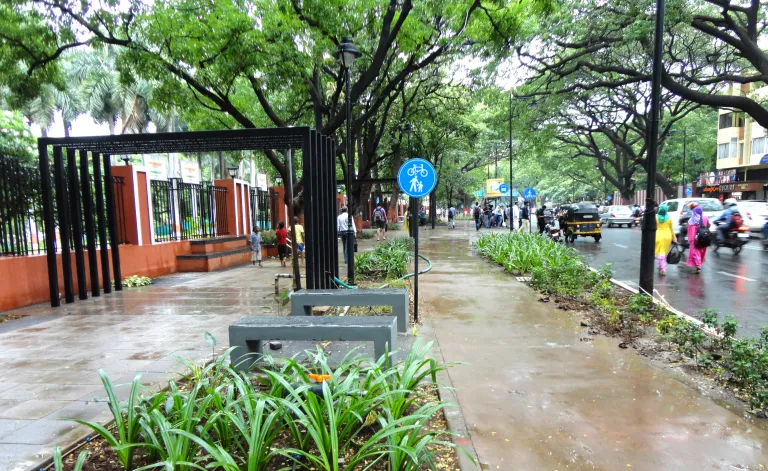
Boosting Walkability and Economic Energy through Streetscape Renewal
The transformation of JM Road clearly led to a big rise in foot traffic and a lively street life. Wider sidewalks, organized vendor spots, and comfortable seating encouraged people to stay, interact, and connect with the street. This boost in pedestrian activity has helped local businesses, as shop fronts now spill onto the wide footpaths, adding life to the street.
The redesign also made JM Road much safer for pedestrians and cyclists by adding dedicated paths and green buffers that separate different users. A “Walking Happiness Index” survey, done by the Pune Municipal Corporation and urban experts, showed JM Road scored high on pedestrian refuge areas, continuous and wide footpaths, safety, and night lighting. People say they feel safe and comfortable walking here. The project included play areas with soft rubber flooring for children and focused on universal accessibility, showing a strong commitment to making the street welcoming for all ages and abilities.
This transformation aims to create a humane urban environment that builds a stronger sense of community. More users mean more “eyes on the street,” making it even safer and more vibrant. This, in turn, draws even more people, fueling ongoing urban renewal.
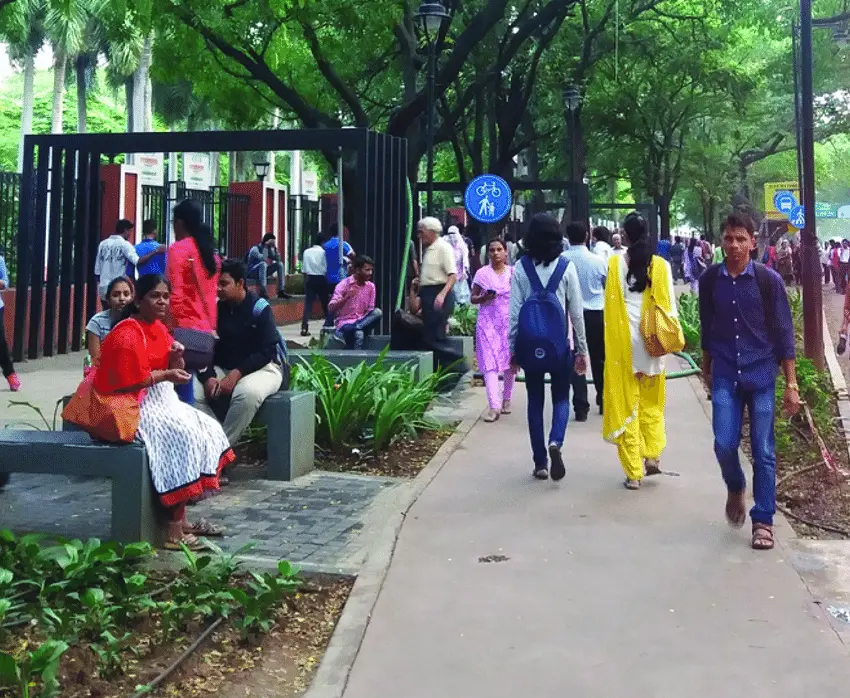
Collaboration Behind the Scenes with Key Stakeholders and Design Experts
Large-scale urban revitalization requires close collaboration between government bodies, private firms, and local agencies. The JM Road Streetscape Project, part of the bigger Pune Streetscape Program, involved several key players. The Pune Municipal Corporation (PMC) and Pune Smart City Development Corporation Ltd. (PSCDCL) led the project’s oversight and implementation.
To redesign the 100-kilometer street network, PMC brought in four nationally recognized architecture and urban design firms: IBI Group Inc., HCP Design, Planning and Management Pvt. Ltd., Oasis Designs Inc., and Design & Planning Counsel. This choice shows PMC’s commitment to quality and innovative urban design. Working with multiple expert teams adds coordination challenges but allows for more comprehensive and context-sensitive solutions than what the municipal staff could deliver alone.
Oasis Designs Inc., known for creating nature-focused urban public spaces, took charge of revamping JM Road, starting with a 300-meter stretch in phase one. Meanwhile, The Urban Lab teamed up with IBI Group to redesign 18.5 kilometers of Satara and Solapur roads. Their work also focused on “complete streets,” with safe, compact junctions, continuous footpaths, cycle tracks, public spaces, and moving Bus Rapid Transit System (BRTS) stations from the curb to the median.
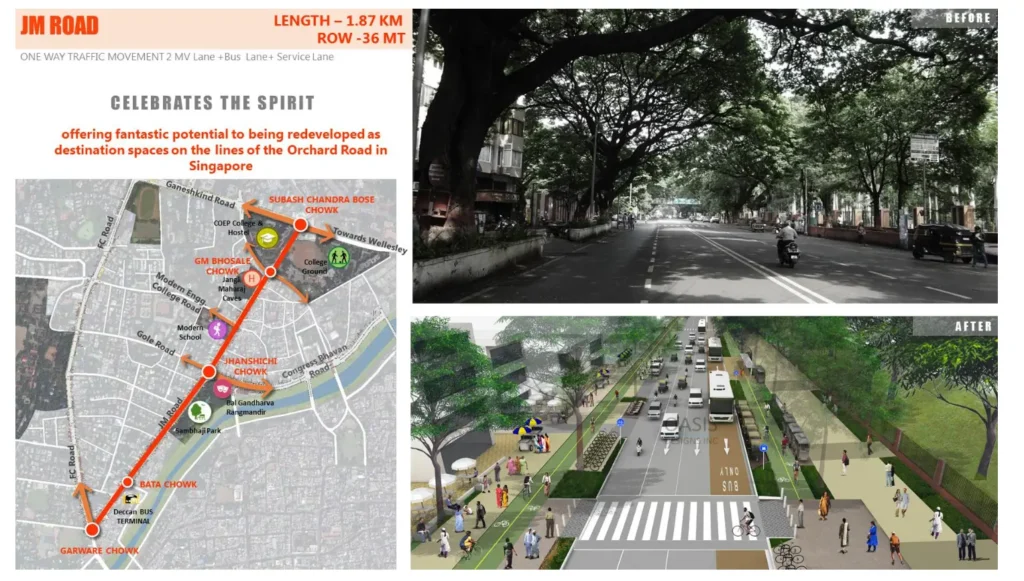
Public Skepticism and Traffic Congestion
Pune’s urban transformation hasn’t been without challenges, especially public skepticism and ongoing traffic issues, as seen on Fergusson College (FC) Road. FC Road, a major artery, struggles with chronic congestion, illegal hawker encroachments, and a serious lack of parking. These problems hurt the street’s look and leave little space for pedestrians. Students often face long commutes because of heavy traffic and blocked sidewalks, and shop owners complain about losing customers due to parking problems.
Since 2017, the Pune Municipal Corporation (PMC) has mostly stopped issuing new hawker licenses, which has led to more unauthorized stalls. FC Road’s experience highlights the need for genuine citizen engagement. The ongoing problems reveal the risks of top-down planning that ignores local needs and complaints. Without real dialogue, citizens, shopkeepers, and hawkers feel ignored, leading to backlash and struggles over how redesigned spaces are used. Despite Pune’s wider efforts to improve streets, this case shows the thin line between visionary design and practical use. Even the best projects face problems if they don’t address the complex social and economic realities of busy city life.
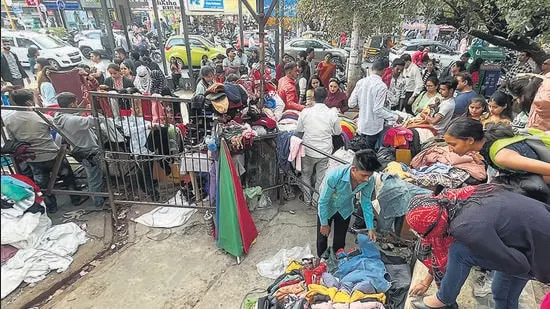
What Future Projects Must Do Better
Learning from JM Road’s successes and FC Road’s challenges, future urban projects in Pune and other Indian cities must focus on real, ongoing citizen engagement. The “Reimagine Sinhgad Road” competition, which actively sought public feedback, shows how valuable it is to include people from the start. Urban planning needs to go beyond one-time consultations and set up continuous feedback loops. This lets projects adapt and improve based on how people actually use the spaces and how they feel about them.
There’s also a need to balance technical design skills with emotional intelligence during implementation. Following Urban Street Design Guidelines is important for making streets user-friendly, but planners must also understand the daily lives of residents, shopkeepers, and street vendors. This means recognizing the complex social and economic ties in urban spaces.
-1
JM Road’s Role in Pune’s Transport Network
The Jangli Maharaj Road Streetscape Project is set to play a key role in Pune’s future mobility, especially by linking with the city’s growing Metro lines and bus networks. Pune’s Metro system includes the operational Aqua Line (Vanaz to Ramwadi) and Purple Line (PCMC Bhawan to Swargate), along with the Pink Line (Hinjawadi to Shivajinagar) still under construction. JM Road sits near important Metro stations like PMC Bhawan and Shivajinagar, which serve as major interchange points. The Aqua Line connects key spots such as PMC Bhawan and Civil Court, both close to JM Road.
The street’s redesign, with wide footpaths and cycle tracks, supports easy first-mile and last-mile connections to Metro stations and bus stops. Pune Metro recognizes that these short connections are vital for public transport, helping people reach main transit hubs easily. JM Road is served by many bus routes with stops close to the upgraded streetscape, reinforcing its role as a multimodal hub. Bus stops are strategically placed to ensure smooth flow for pedestrians and cyclists, showing a clear effort to blend public transport with a pedestrian-friendly environment.
JM Road’s smooth connection with Pune’s Metro and bus networks makes it a model for future multimodal mobility. By improving first-mile and last-mile links and encouraging walking and cycling, it supports a seamless, sustainable transport system. Cities across India can learn from this people-first approach. JM Road shows that sustainable urban renewal isn’t just about new infrastructure. It’s about reimagining public spaces as lively ecosystems that build community, support local economies, improve well-being, and preserve the city’s unique history and culture.
This project clearly reflects Pune’s forward-thinking urban planning. It reclaimed public space from cars and greatly improved pedestrian and cycling infrastructure with wider footpaths, dedicated cycle tracks, and green buffers. JM Road changed from a busy commercial street into a vibrant, multi-use public space. Thoughtful additions like seating, children’s play areas, and organized vendor zones make the street more inclusive and lively.
JM Road’s strong policy framework aligns with the Urban Street Design Guidelines, the Walk Smart Pedestrian Policy, and the Comprehensive Bicycle Plan, all part of the Smart Cities Mission.
- Institute for Transportation and Development Policy. (2016). Urban street design guidelines [PDF]. https://www.itdp.in/wp-content/uploads/2016/07/Urban-street-design-guidelines.pdf
- Power, M. (2017, August 31). Vibrant Pune: City’s streets transform into vital public spaces. Institute for Transportation and Development Policy. https://itdp.org/2017/08/31/vibrant-pune-transforming-streets/
- Oasis Designs Inc. (n.d.). Pune streets program, Pune. https://oasisdesigns.org/pune.asp
- Pune Cycle Plan. (n.d.). Pune cycle plan. https://punecycleplan.wordpress.com/
- Rethinking the Future. (n.d.). Pune Smart City infrastructure: Did it succeed? Retrieved July 6, 2025, from https://www.re-thinkingthefuture.com/city-and-architecture/a5971-pune-smart-city-infrastructure-did-it-succeed/
- Admin. (2023, November 24). Pune Municipal Corporation (PMC) pedestrian policy. Road Safety Network India. https://roadsafetynetwork.in/pune-municipal-corporation-pmc-pedestrian-policy/
- Sahapedia. (n.d.). Jangali Maharaj Samadhi Mandir. https://map.sahapedia.org/article/Jangali-Maharaj-Samadhi-Mandir/3072
- UN-Habitat, Ministry of Housing and Urban Affairs, Government of India. (2023). Smart Cities Mission, India: Localizing Sustainable Development Goals.
- Parekh, R. (2018, July 5). Smart street makeover for FC Road traps commuters in a traffic mess. The Times of India. https://timesofindia.indiatimes.com/city/pune/smart-street-makeover-for-fc-road-traps-commuters-in-a-traffic-mess/articleshow/64861512.cms

Pragya Upadhaya
Pragya is an architect from Nepal with a keen interest in urban planning, mobility, and public life. Her work examines how cities function at street level and how design can meet the social and spatial needs of residents, especially in rapidly growing urban centers in the Global South.
Related articles


Architecture Professional Degree Delisting: Explained
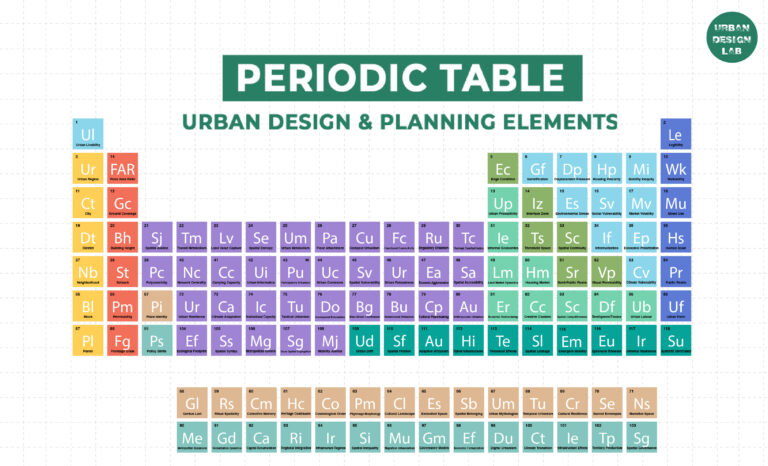
Periodic Table for Urban Design and Planning Elements
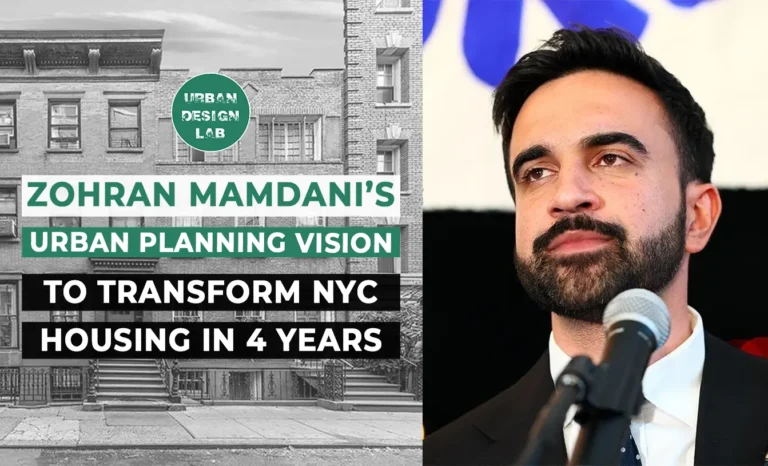
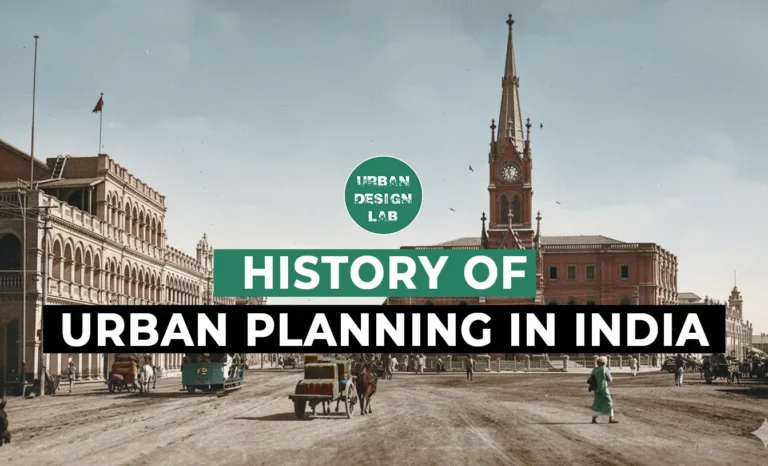
History of Urban Planning in India
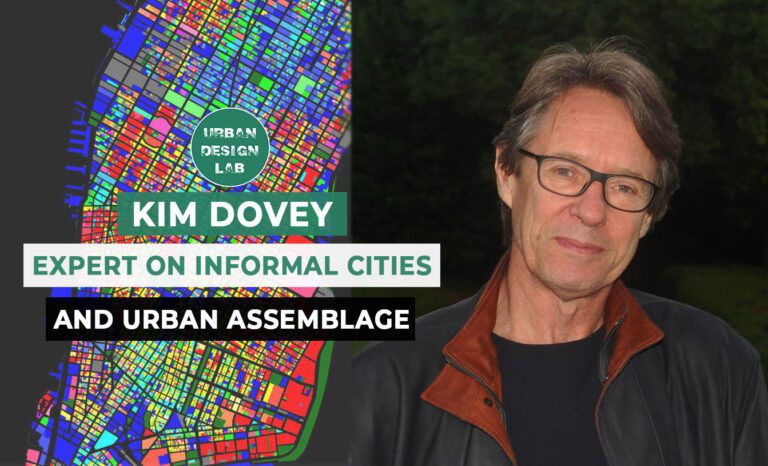
Kim Dovey: Leading Theories on Informal Cities and Urban Assemblage
UDL Illustrator
Masterclass
Visualising Urban and Architecture Diagrams
Session Dates
17th-18th January 2026

Urban Design Lab
Be the part of our Network
Stay updated on workshops, design tools, and calls for collaboration
Curating the best graduate thesis project globally!

Free E-Book
From thesis to Portfolio
A Guide to Convert Academic Work into a Professional Portfolio”
Recent Posts
- Article Posted:
- Article Posted:
- Article Posted:
- Article Posted:
- Article Posted:
- Article Posted:
- Article Posted:
- Article Posted:
- Article Posted:
- Article Posted:
- Article Posted:
- Article Posted:
Sign up for our Newsletter
“Let’s explore the new avenues of Urban environment together “
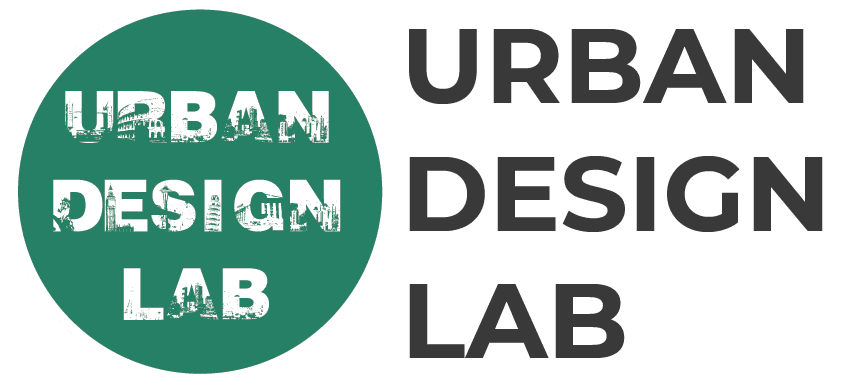
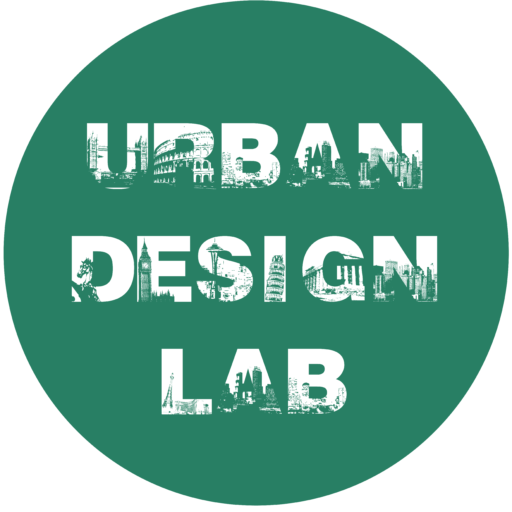
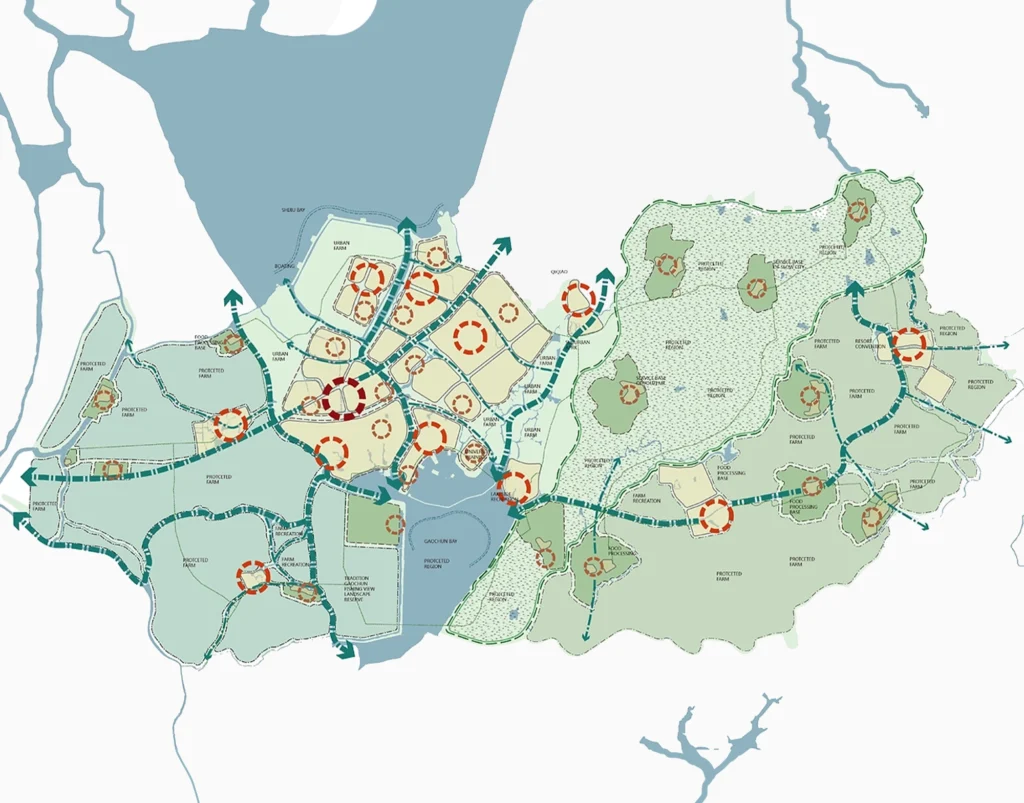
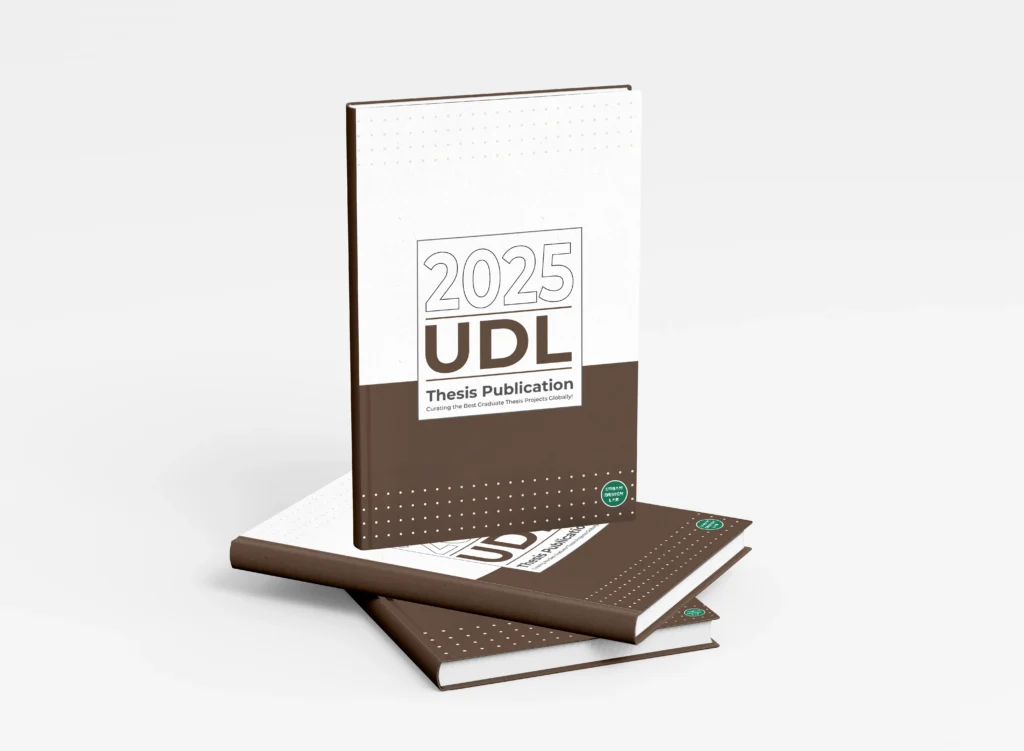
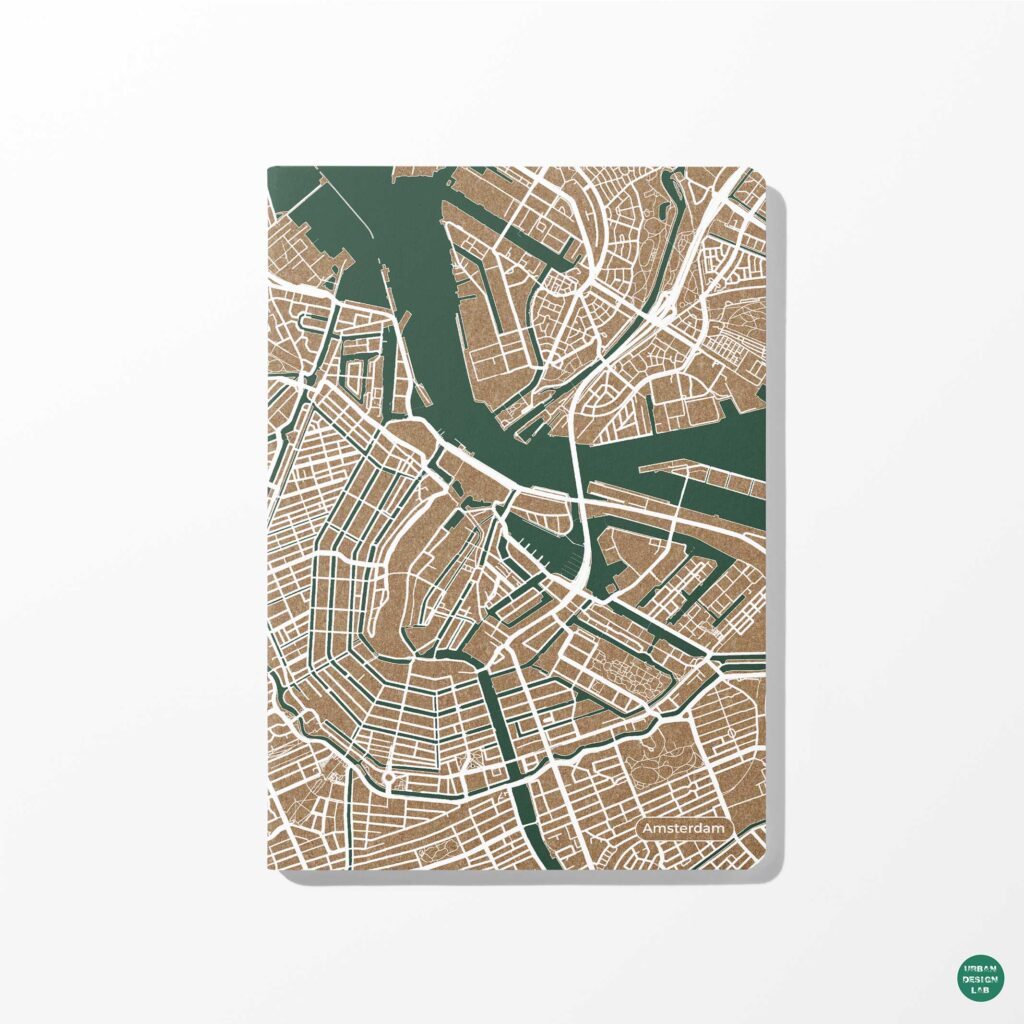
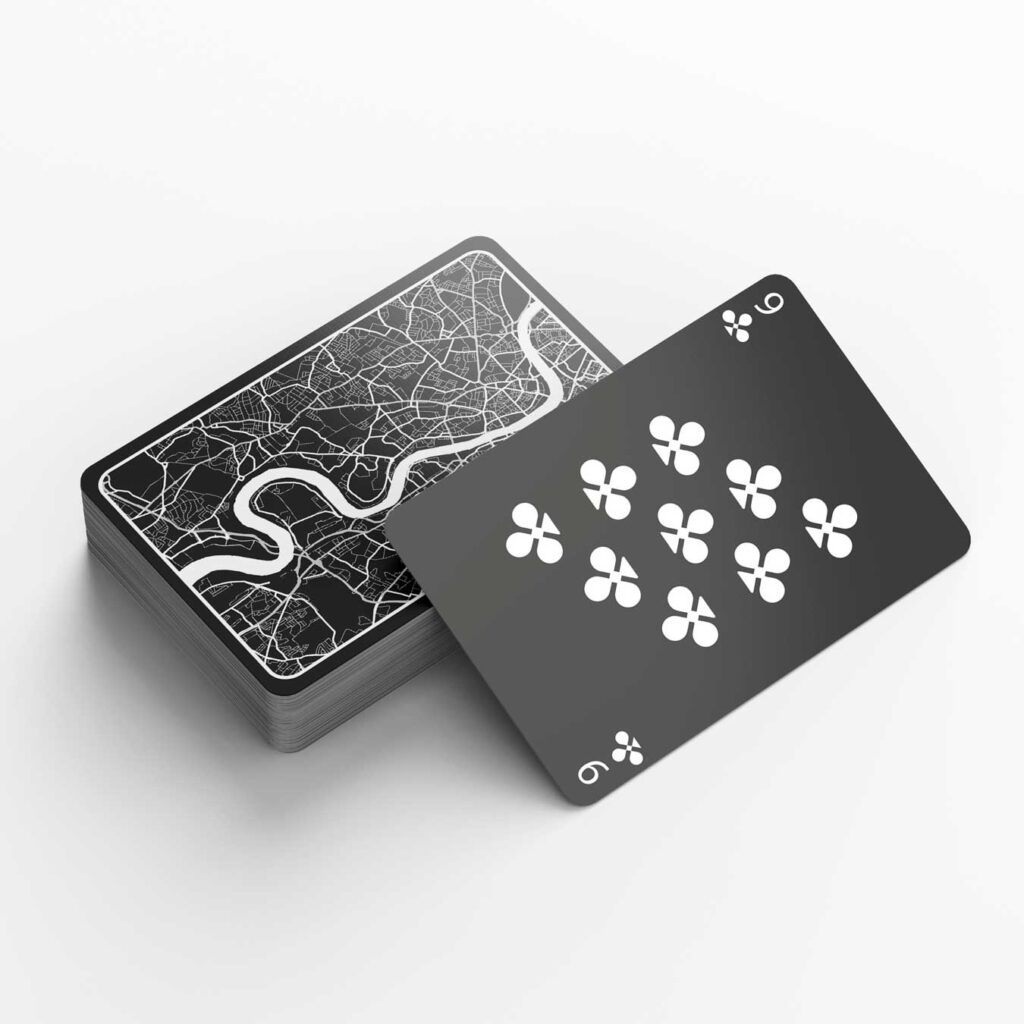
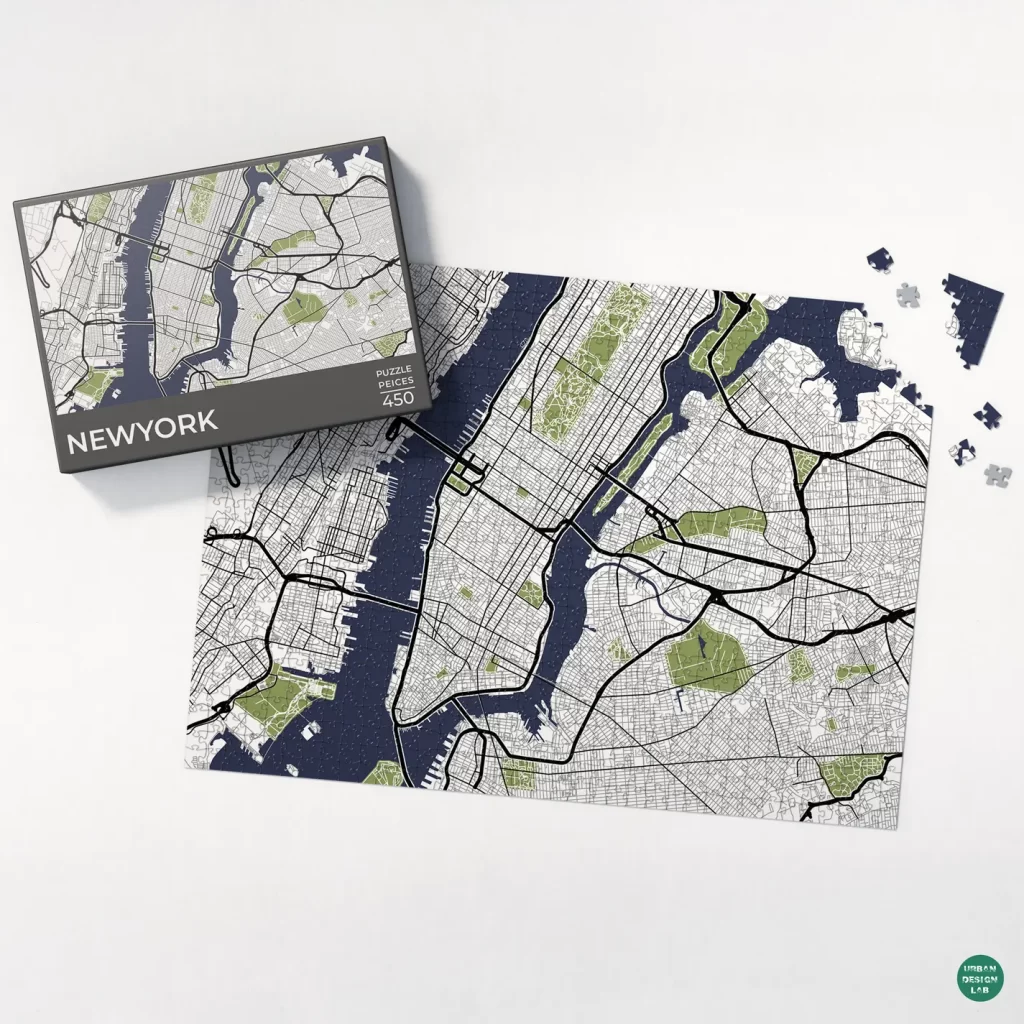


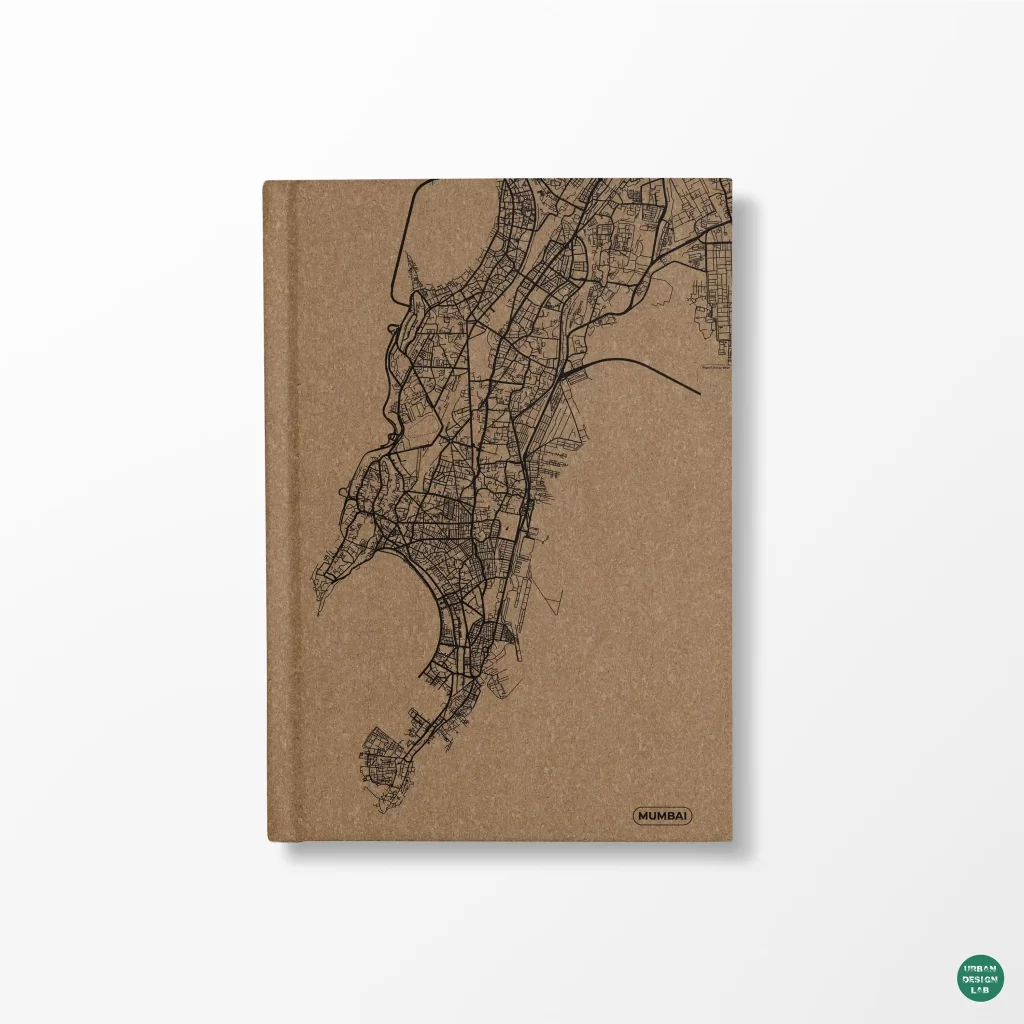
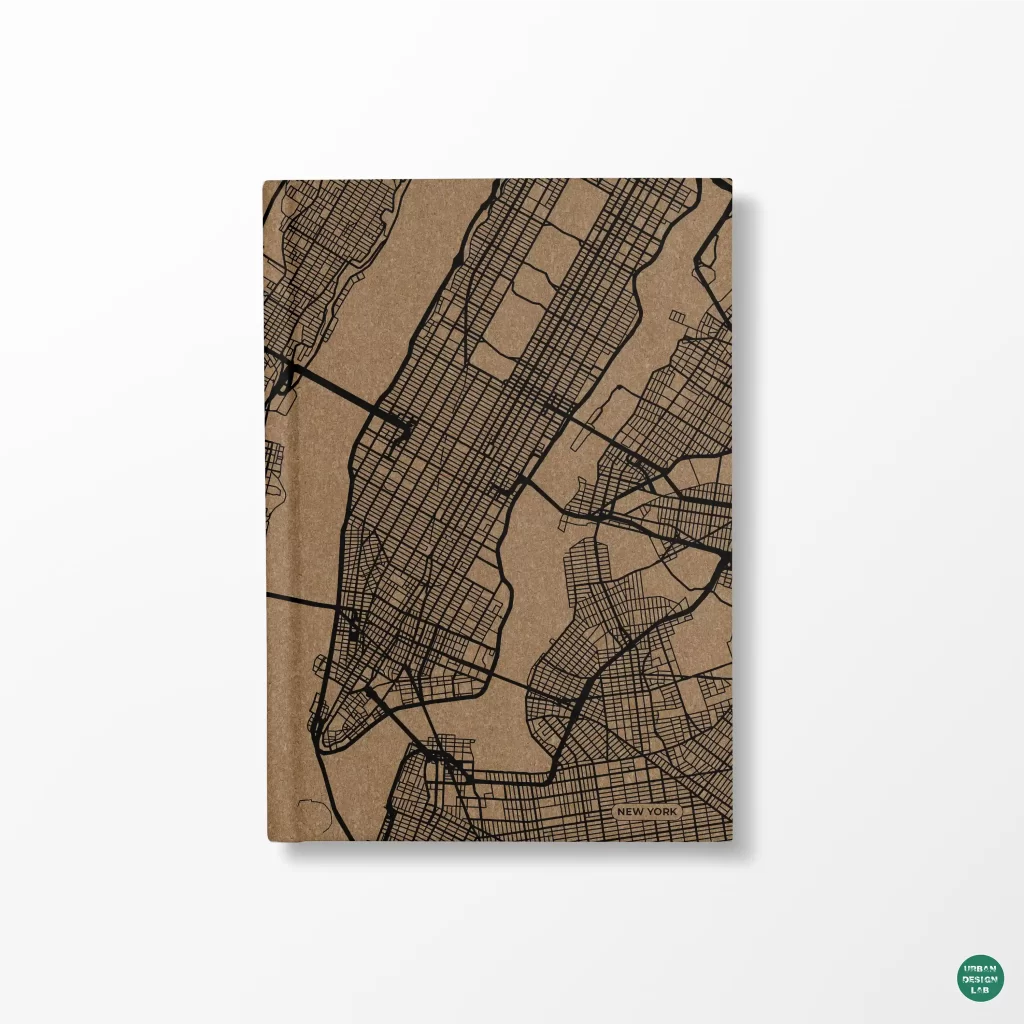

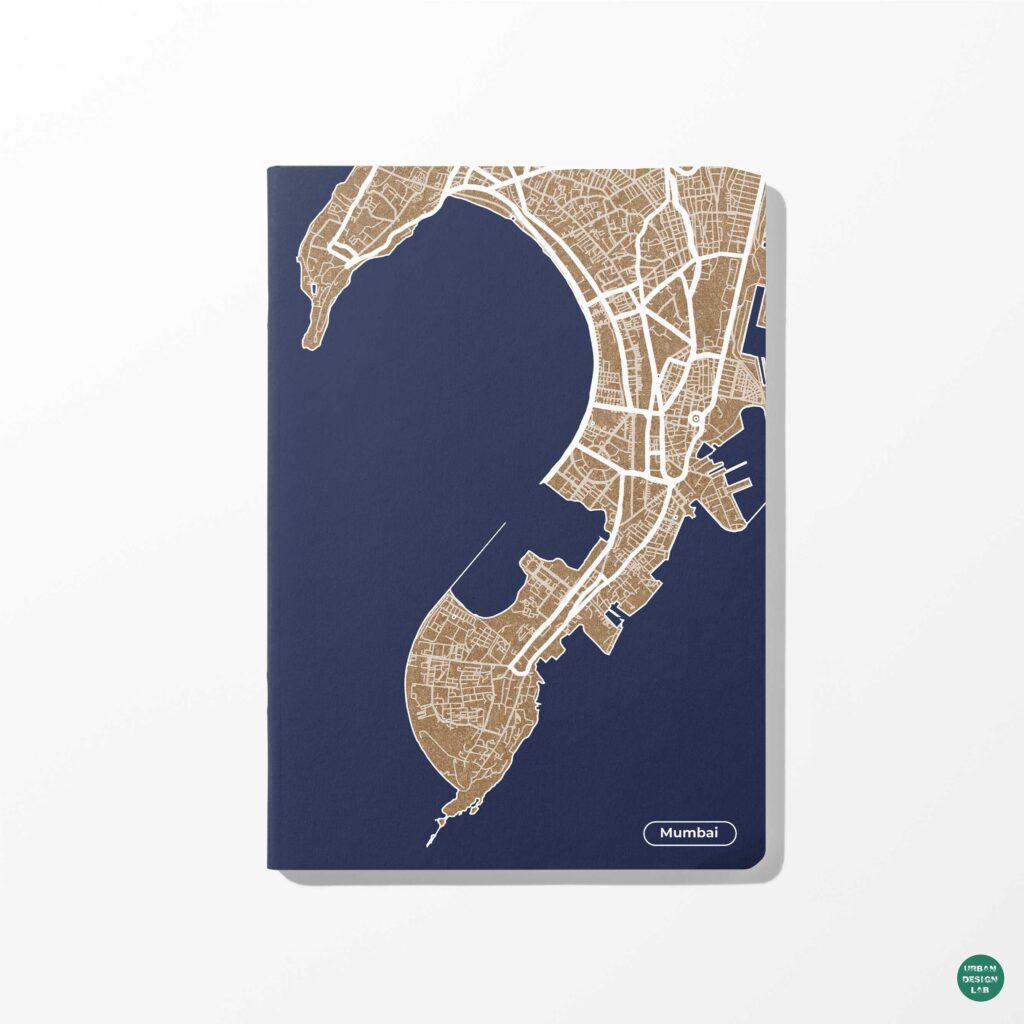
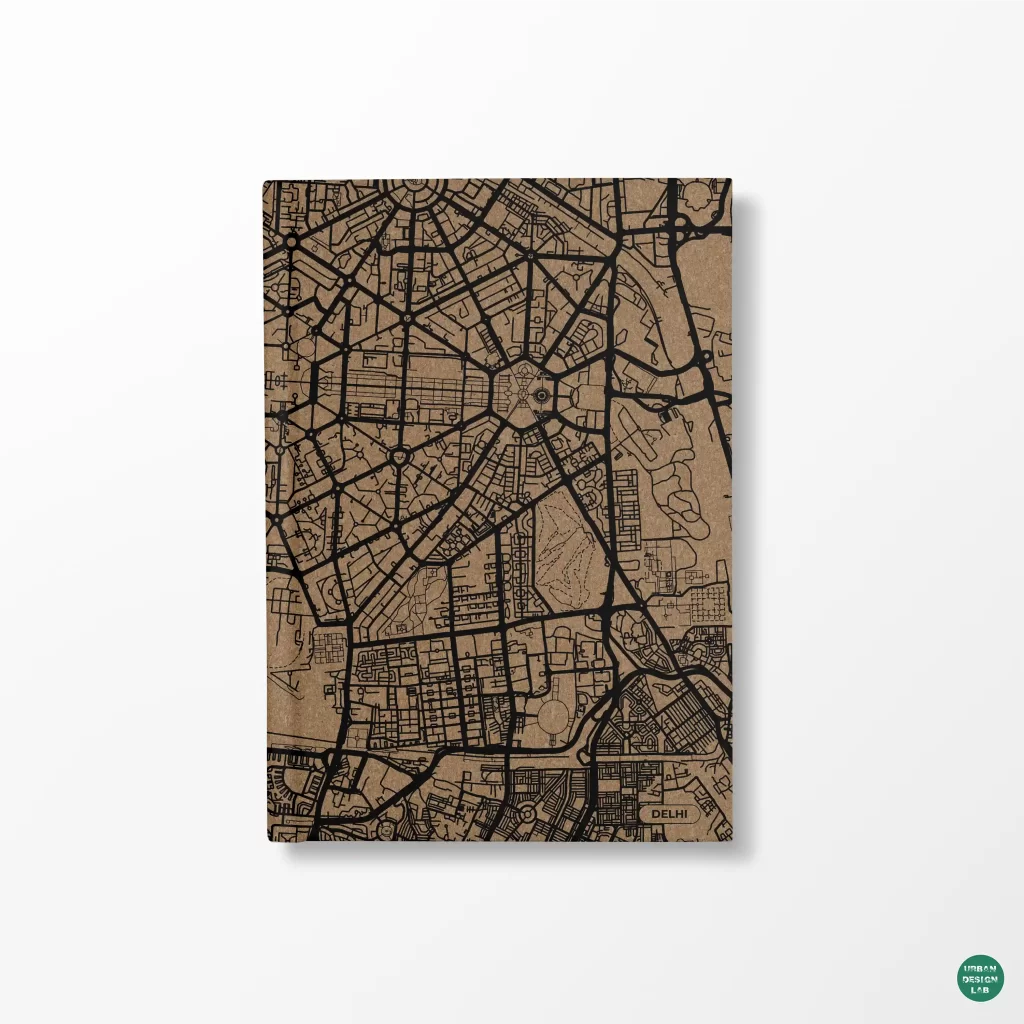


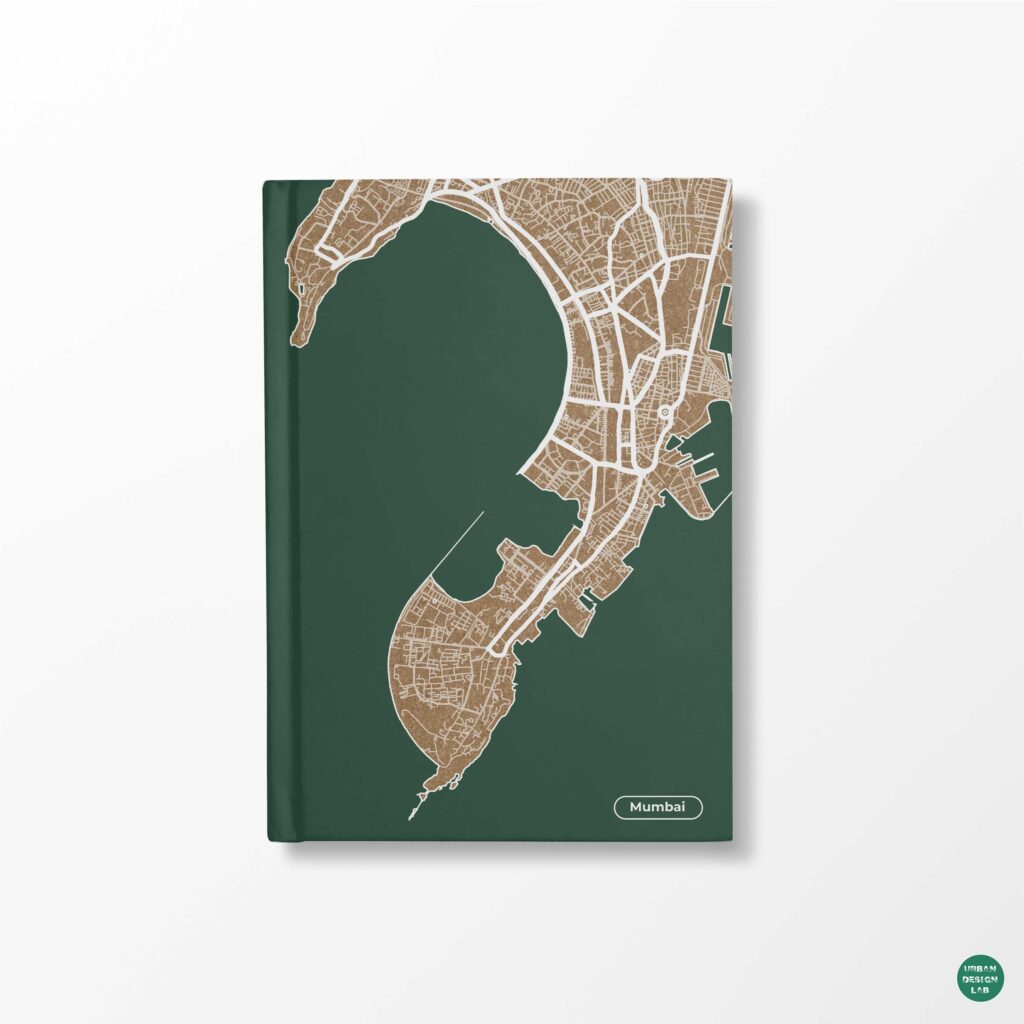
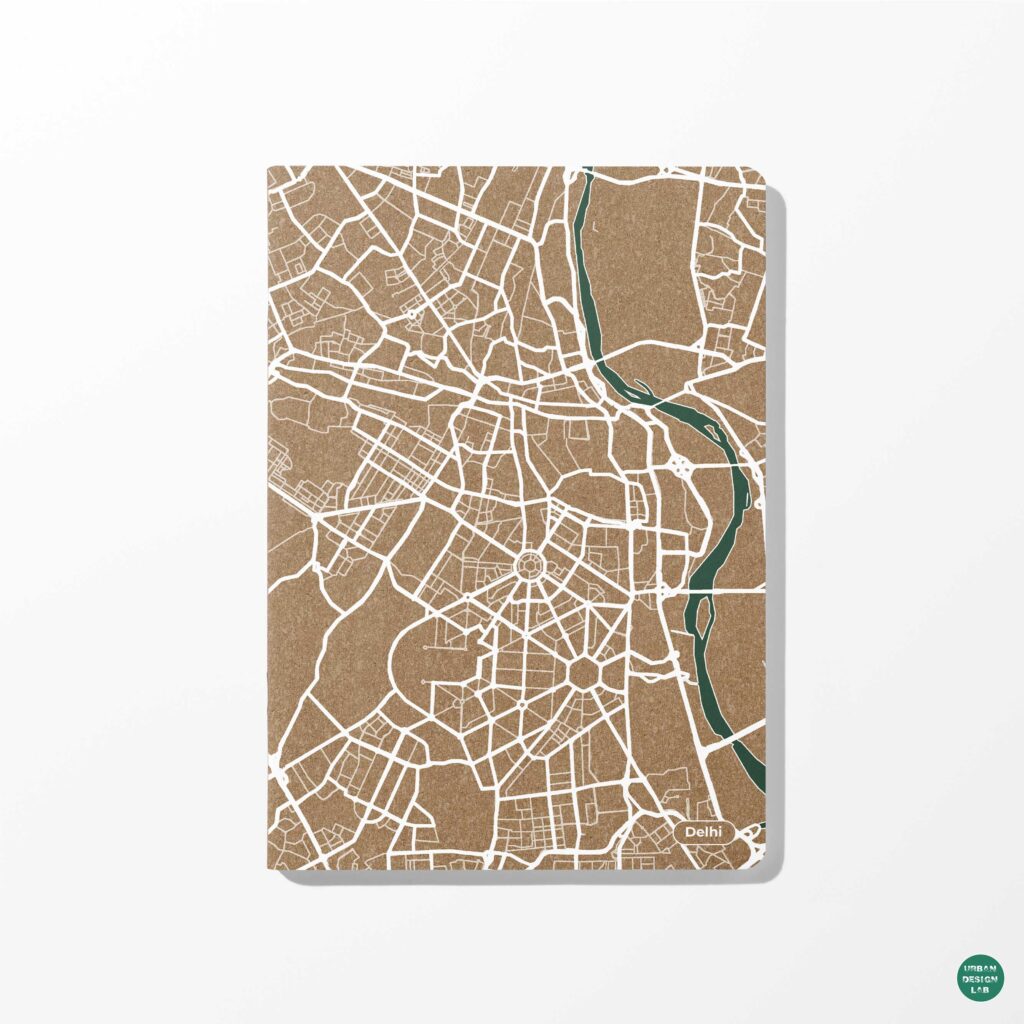
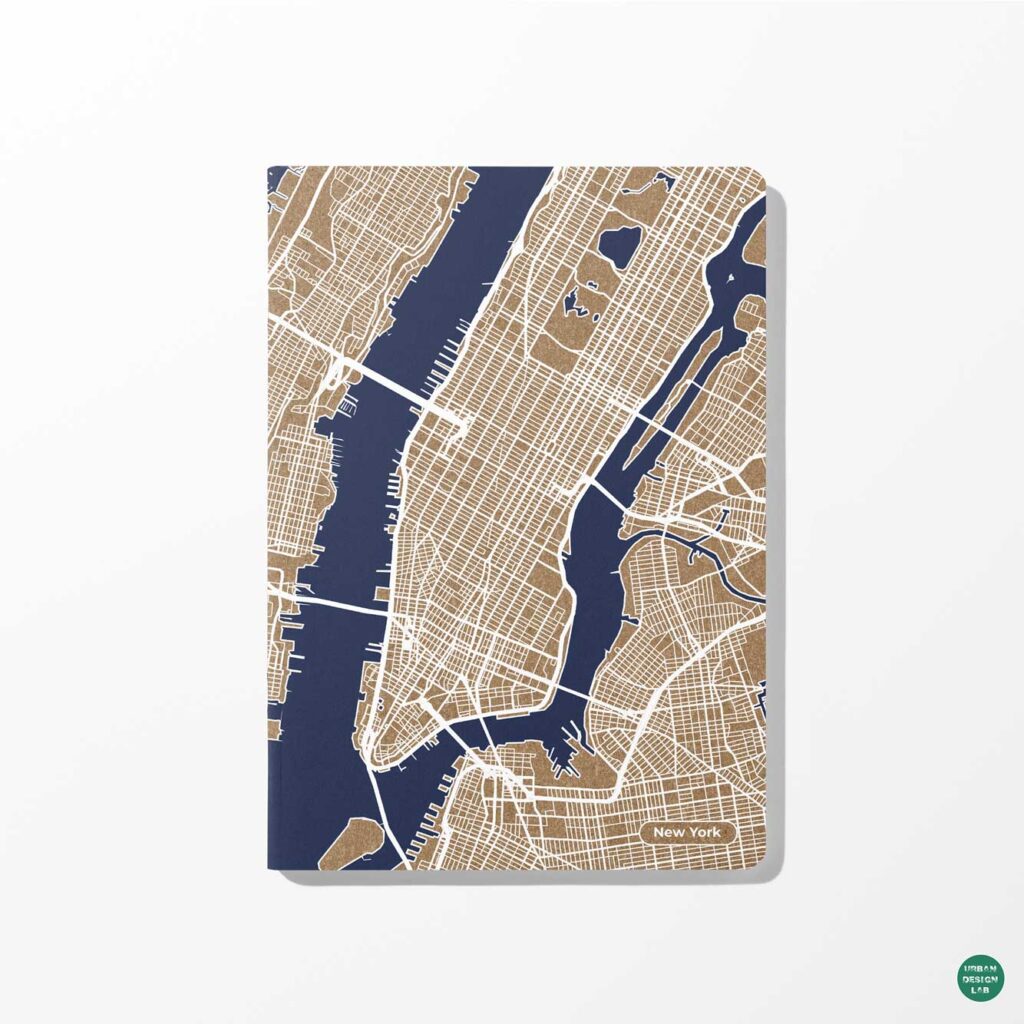
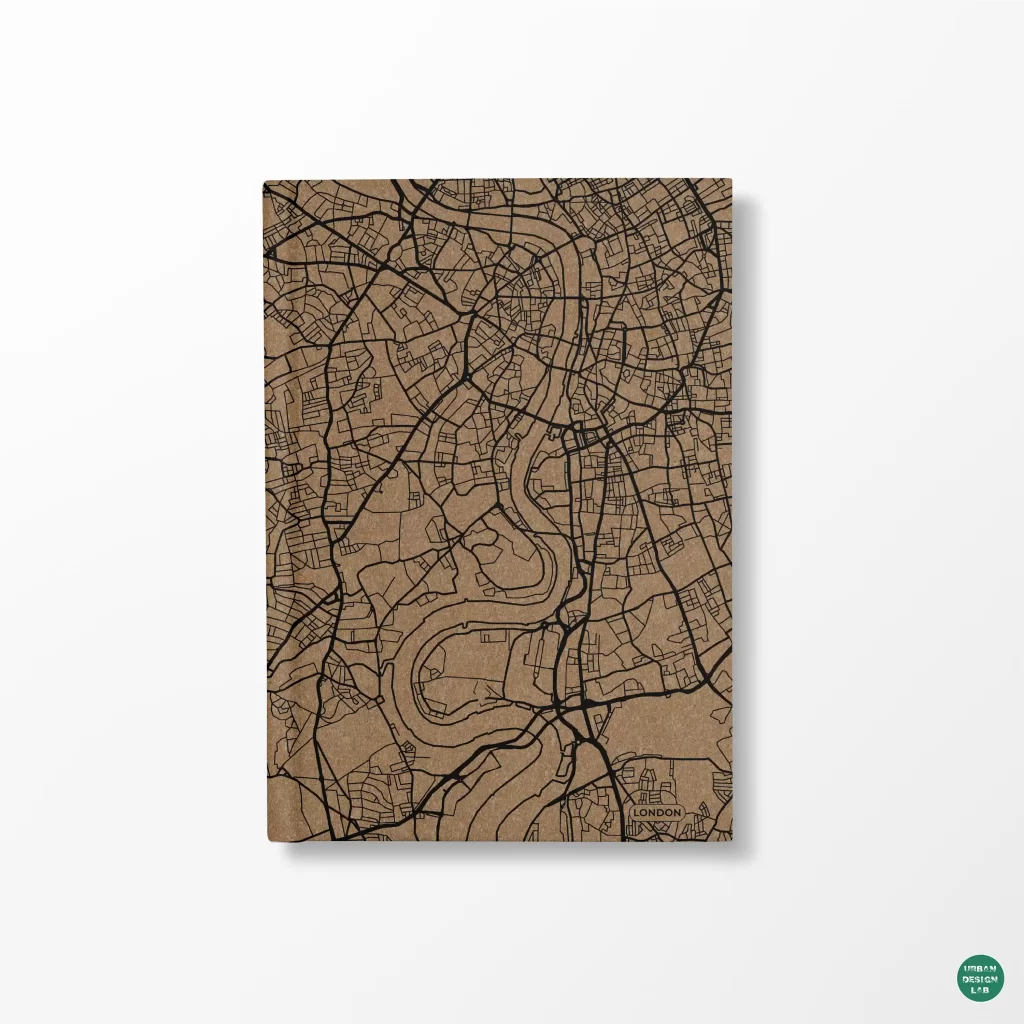
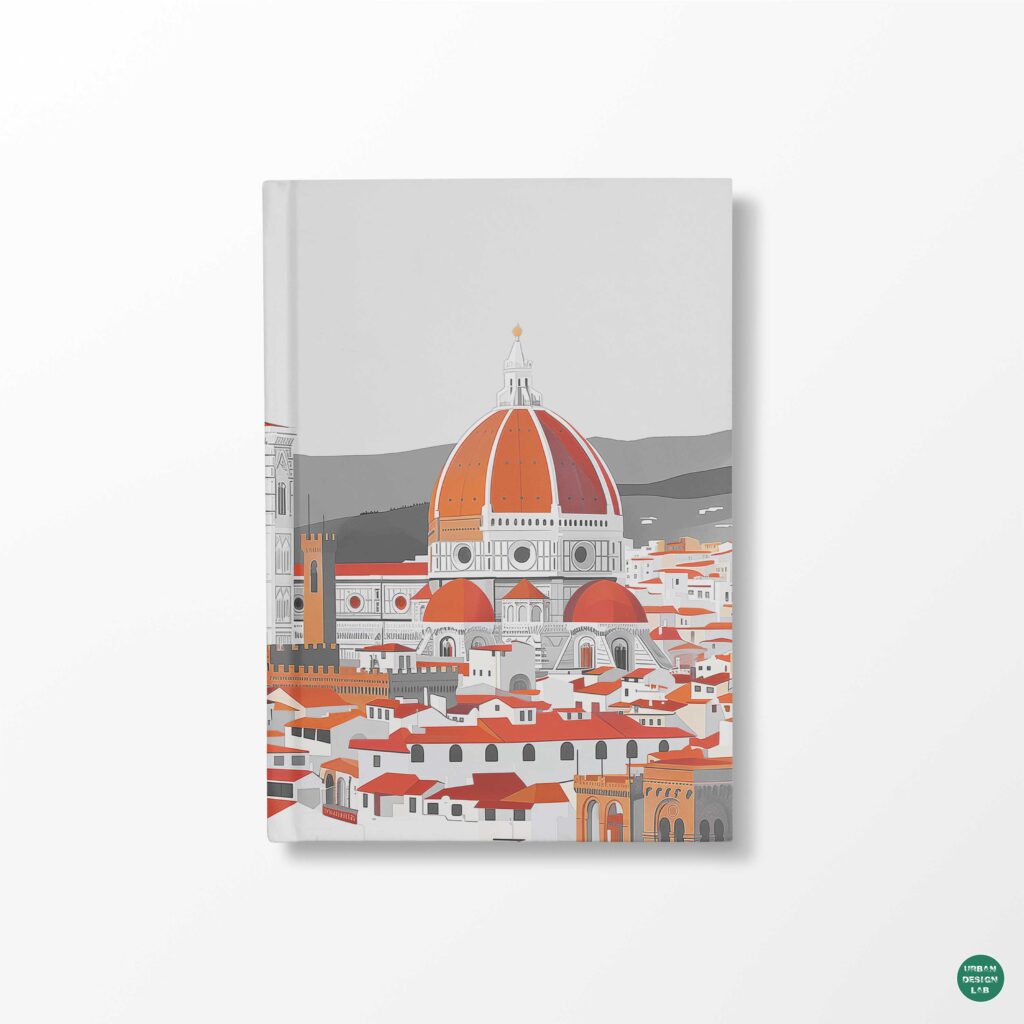
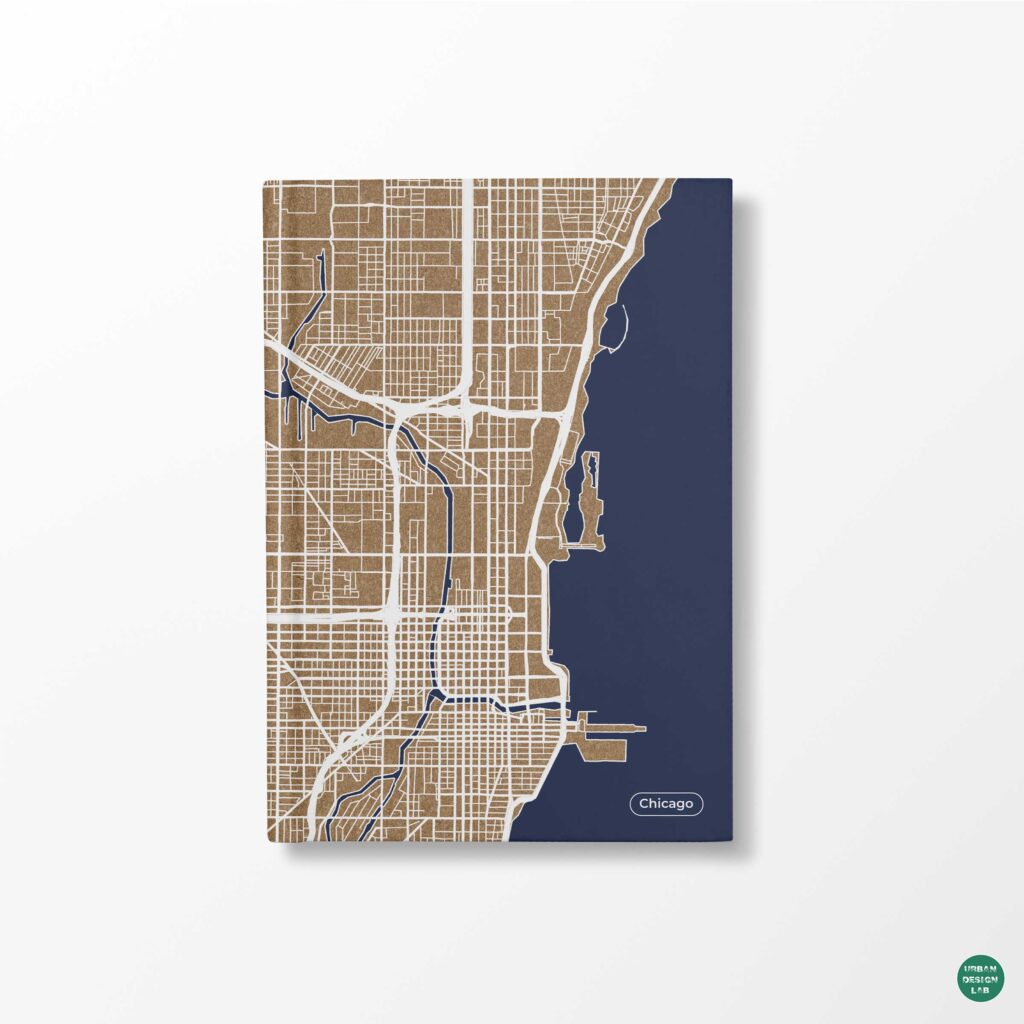
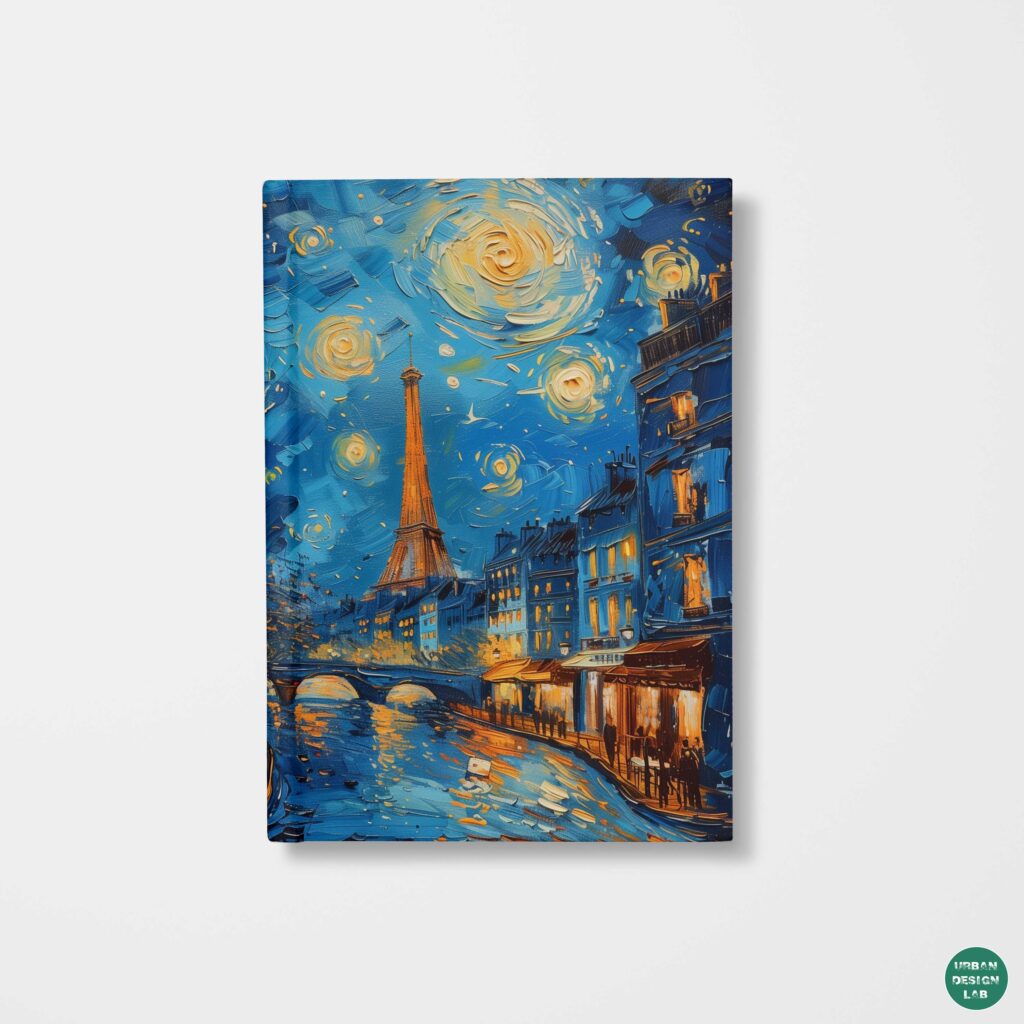


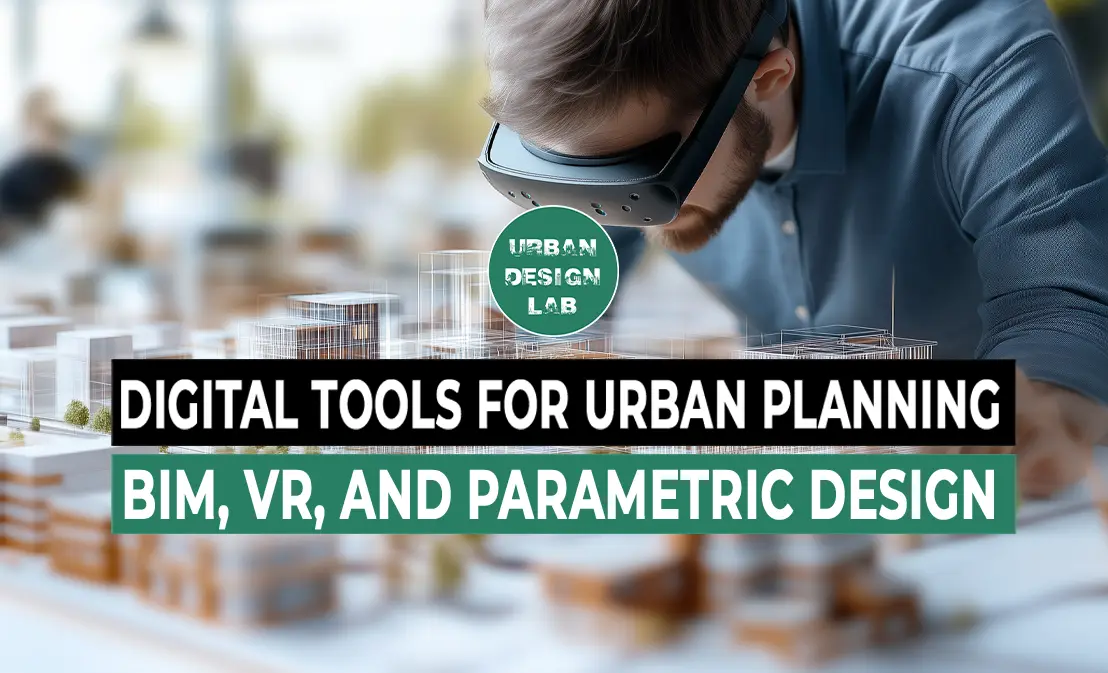
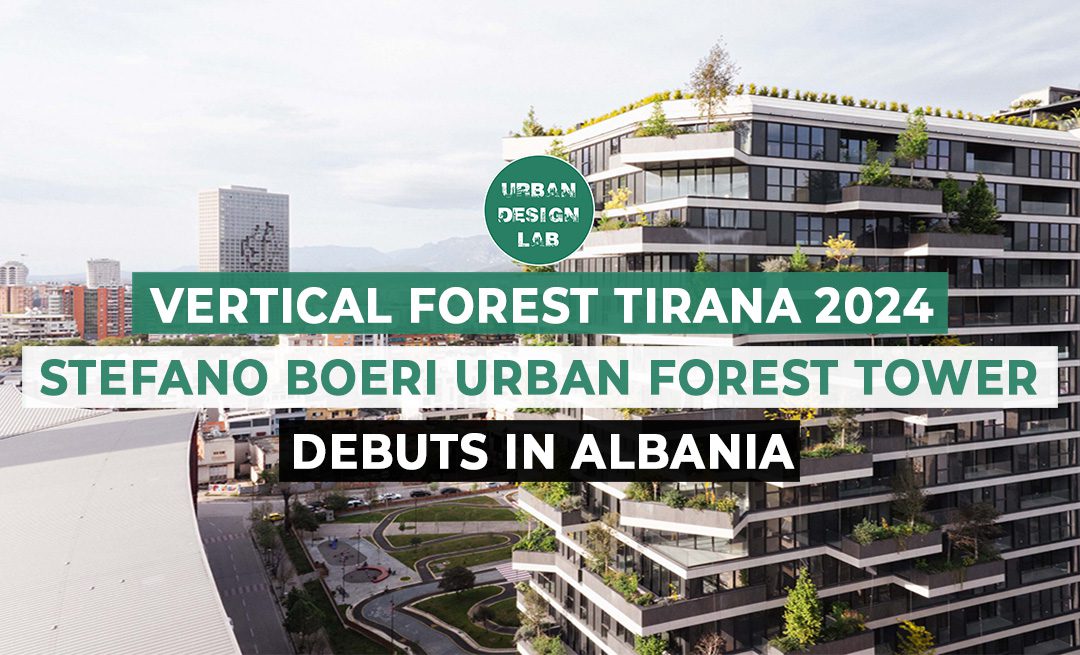
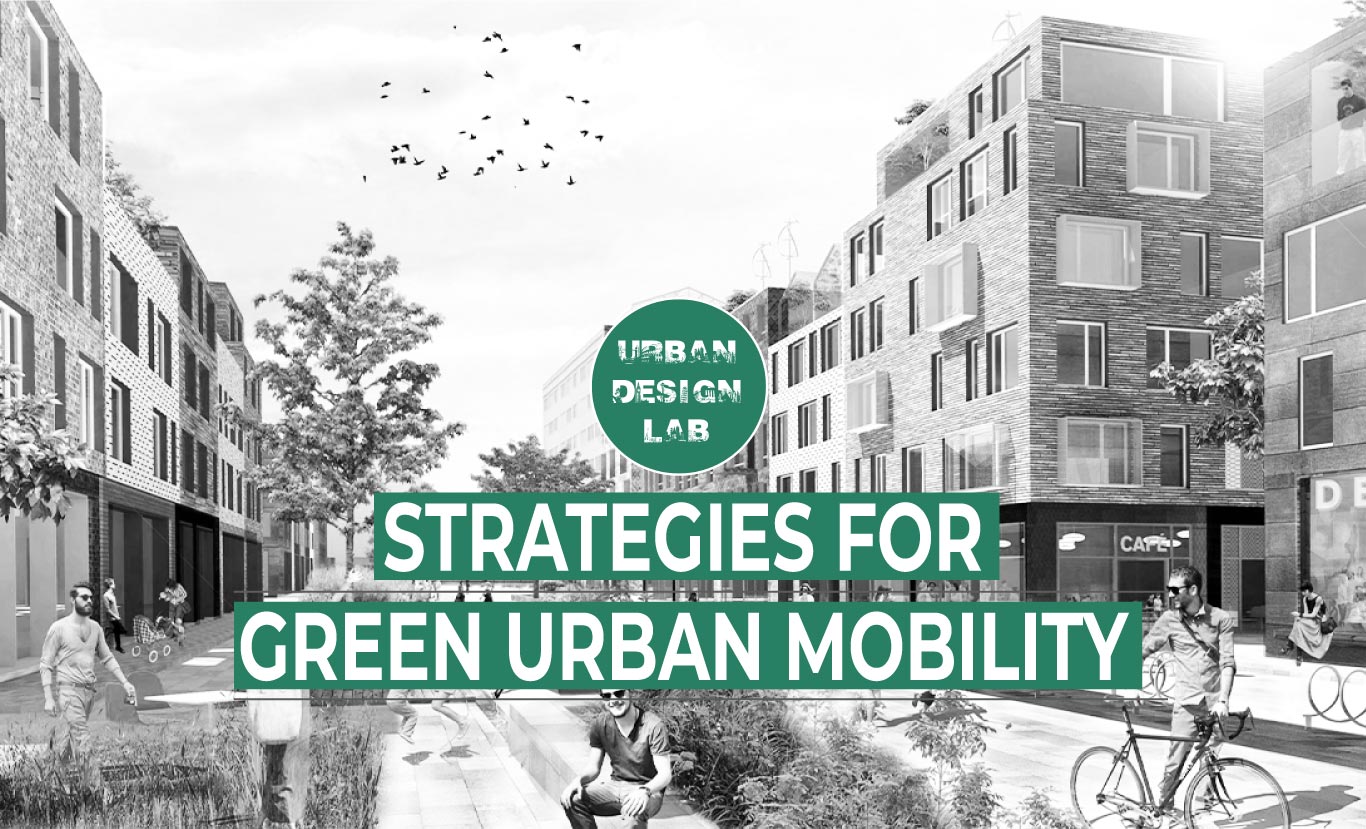

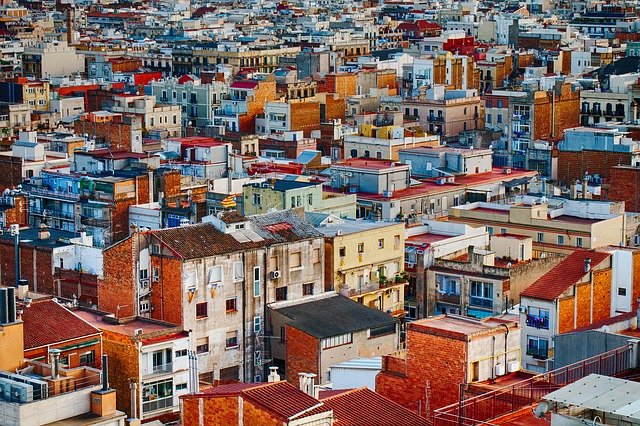
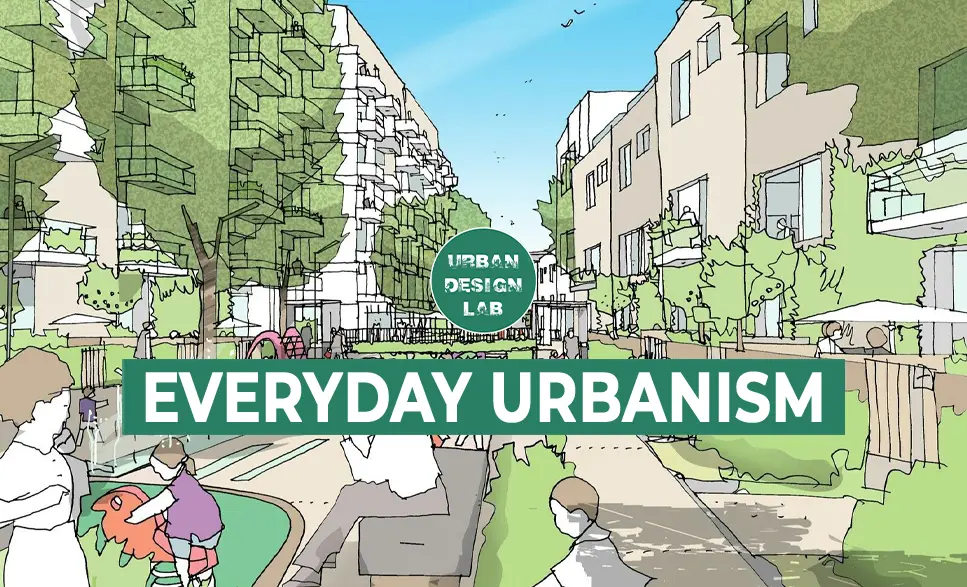
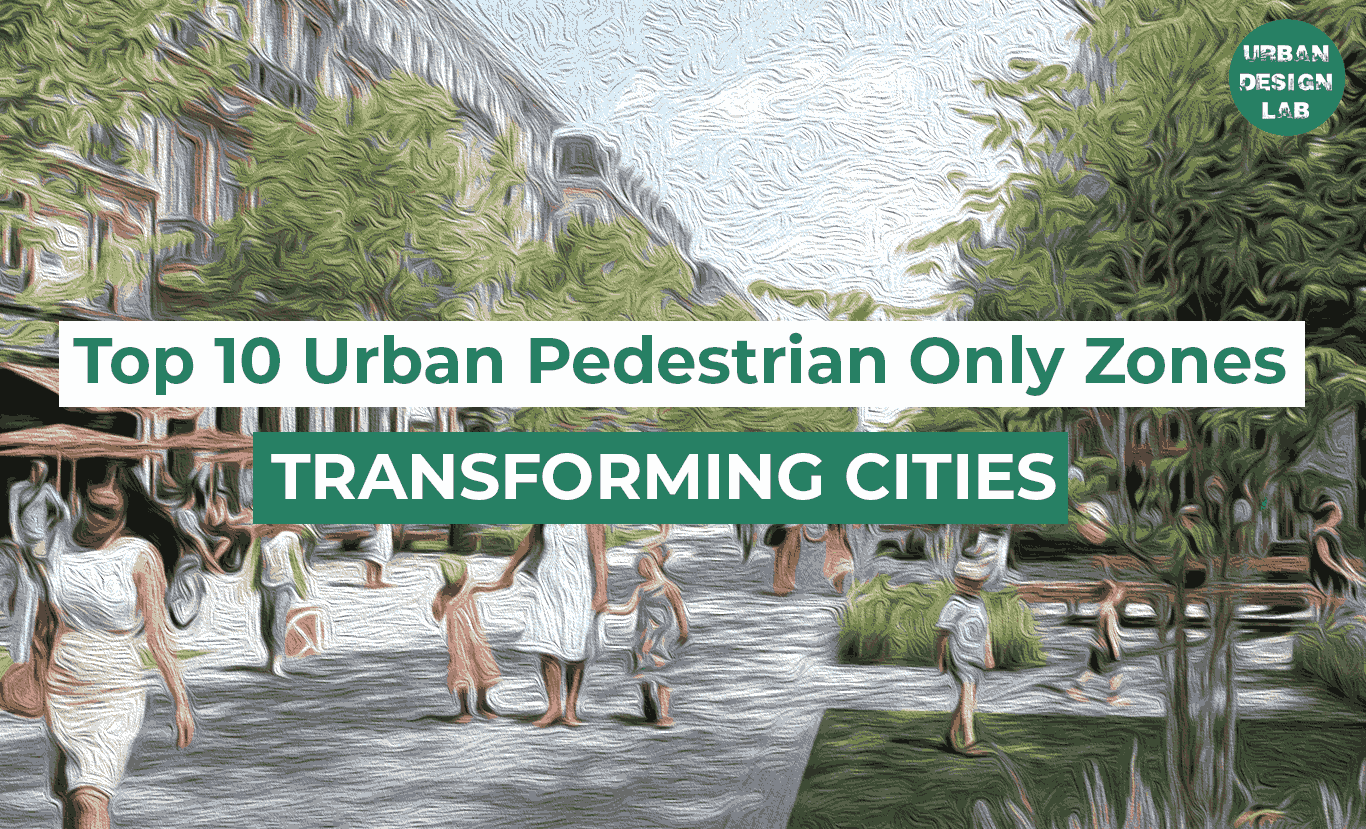

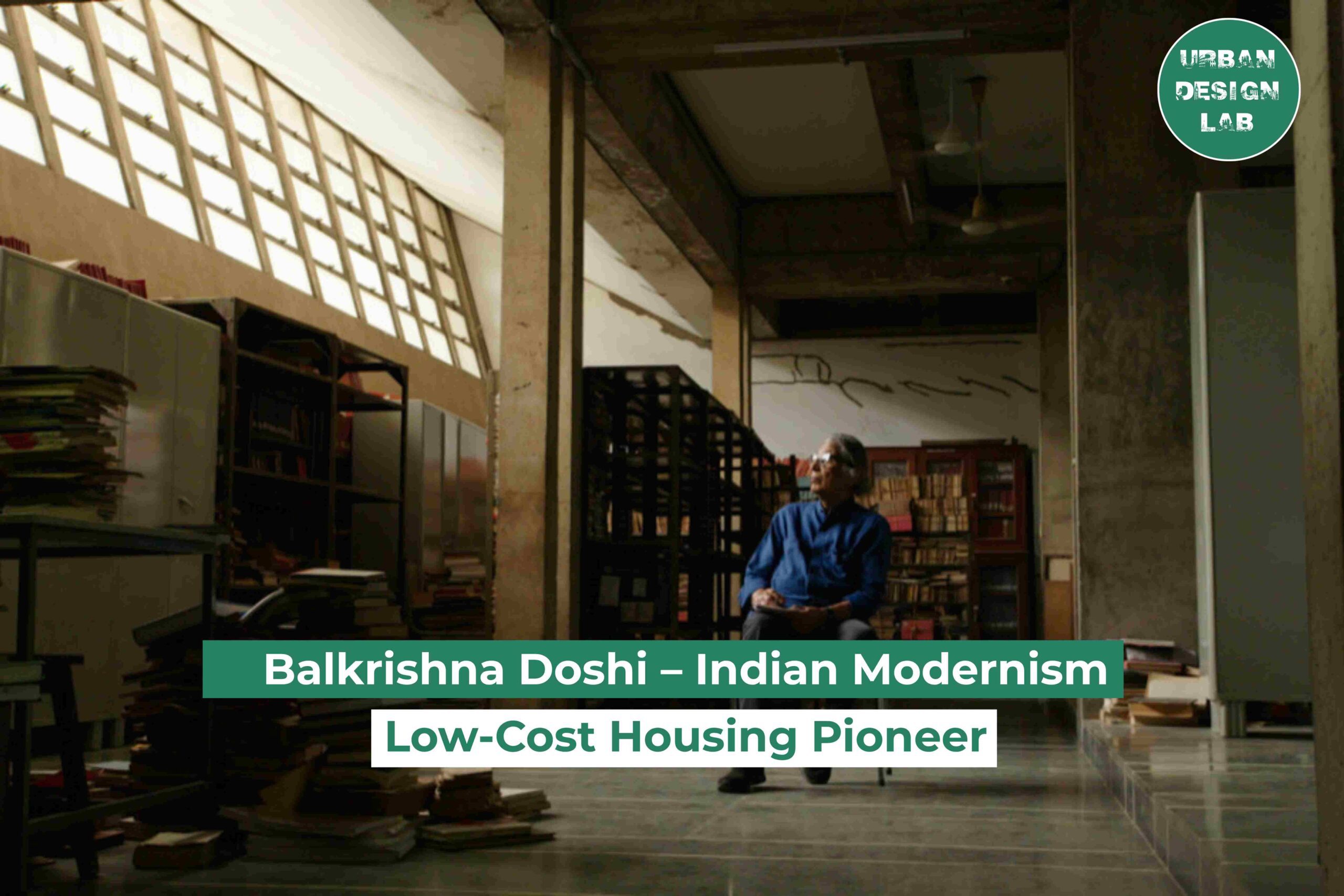
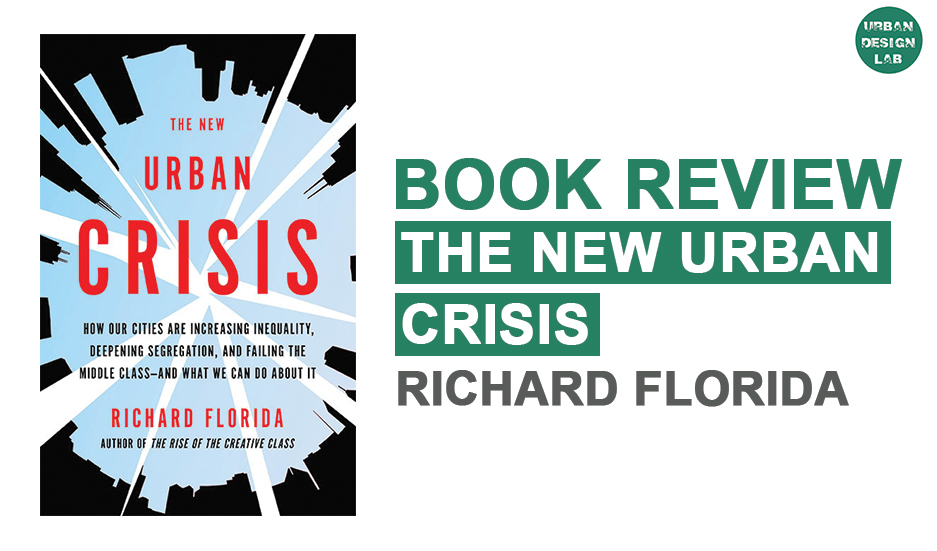

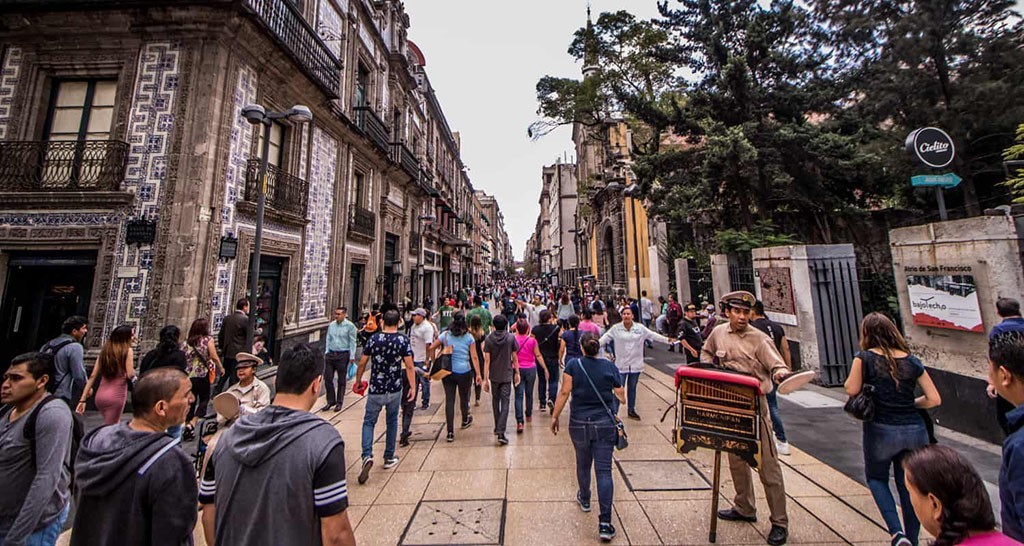

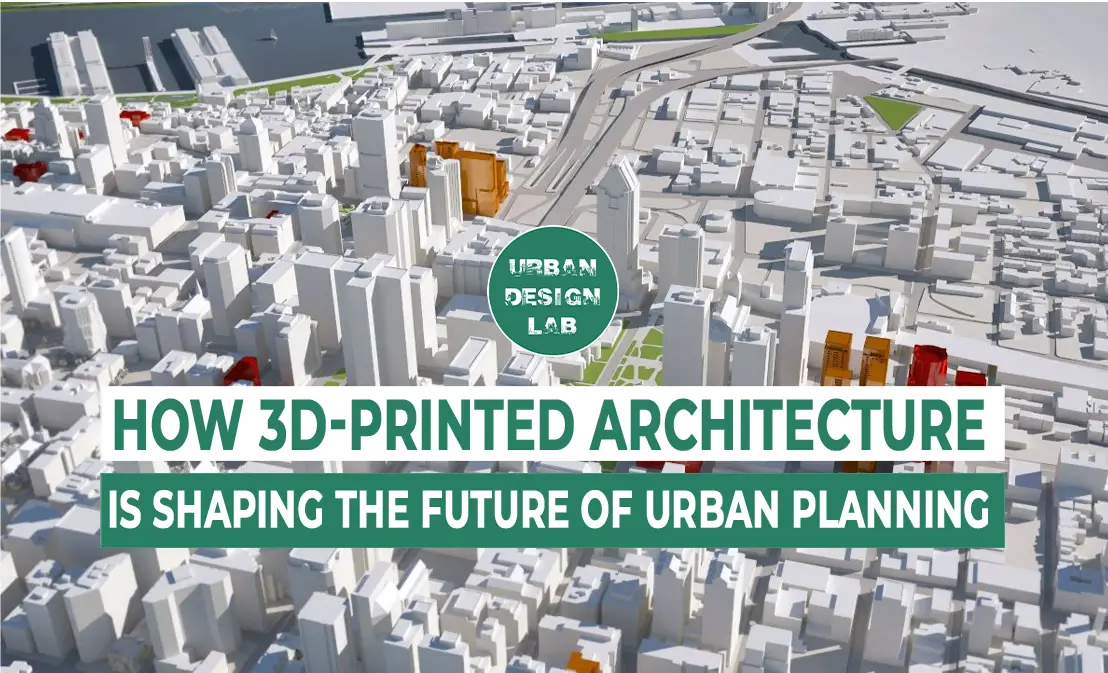
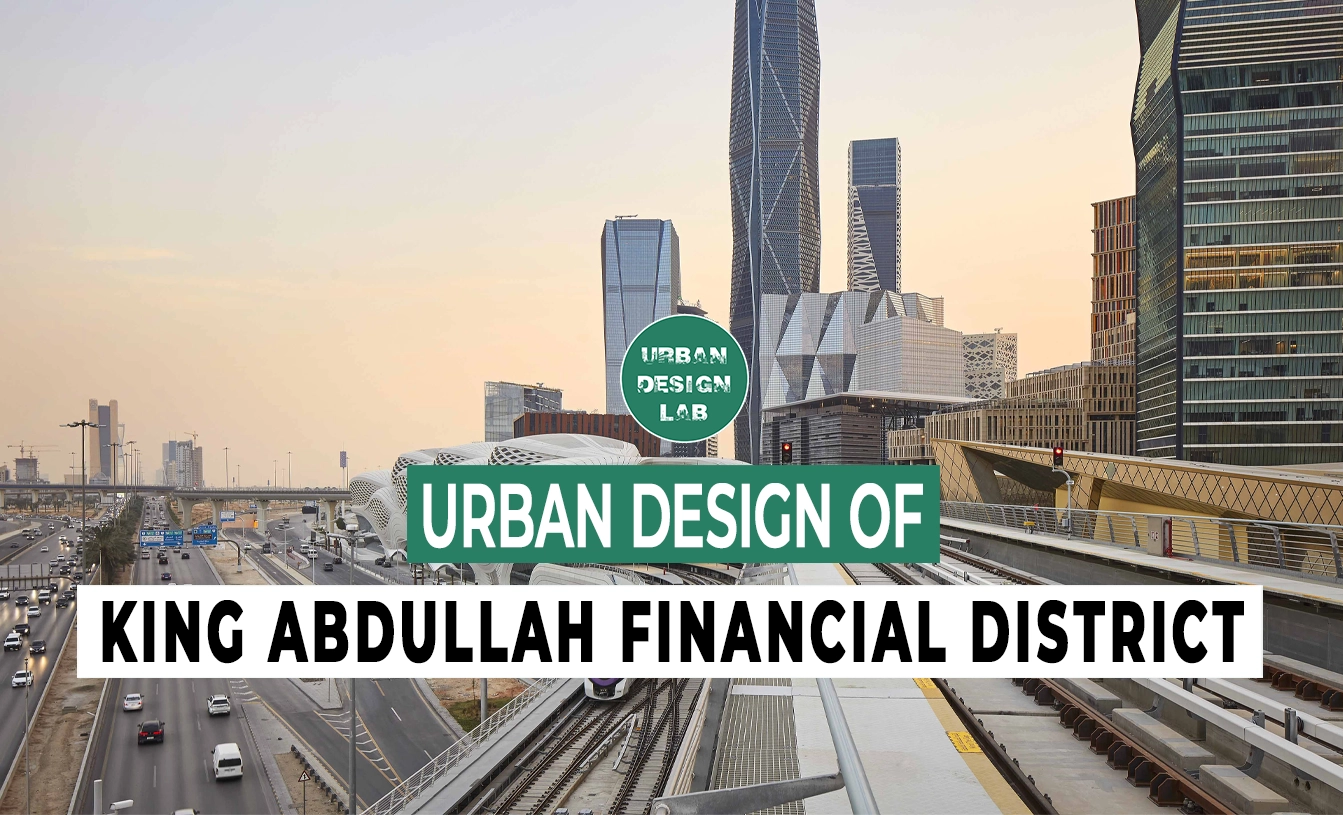
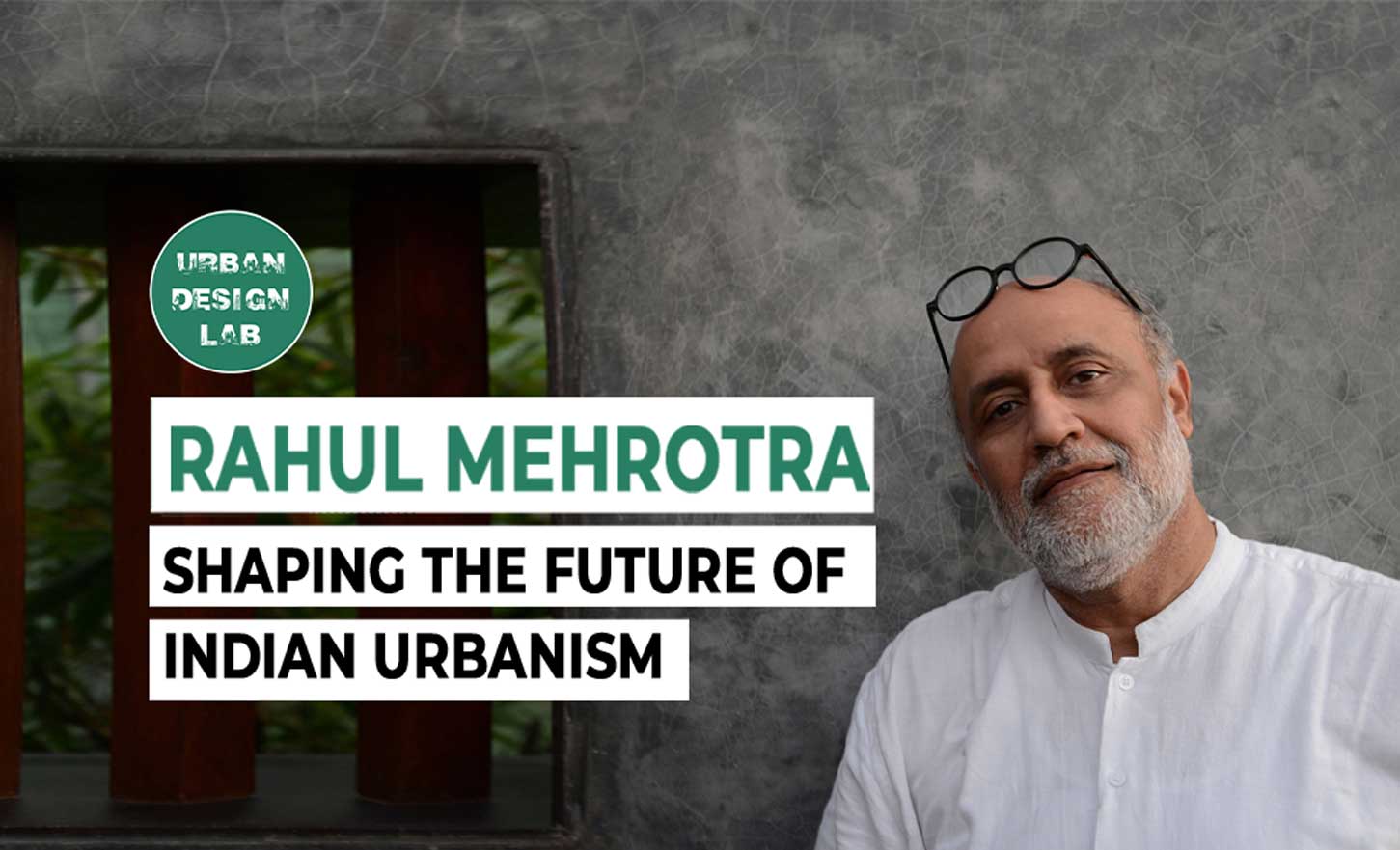


20 Comments
Great article! I’ll definitely come back for more posts like this.
I’ll definitely come back and read more of your content.
This topic really needed to be talked about. Thank you.
You always deliver high-quality information. Thanks again!
This topic is usually confusing, but you made it simple to understand.
I love how well-organized and detailed this post is.
I’m definitely going to apply what I’ve learned here.
This post cleared up so many questions for me.
Thank you for making this topic less intimidating.
I wasn’t expecting to learn so much from this post!
This gave me a whole new perspective. Thanks for opening my eyes.
You’ve done a great job with this. I ended up learning something new without even realizing it—very smooth writing!
What an engaging read! You kept me hooked from start to finish.
I agree with your point of view and found this very insightful.
This is exactly the kind of content I’ve been searching for.
I agree with your point of view and found this very insightful.
I appreciate the honesty and openness in your writing.
I’ve read similar posts, but yours stood out for its clarity.
Thanks for making this so reader-friendly.
I’ll definitely come back and read more of your content.